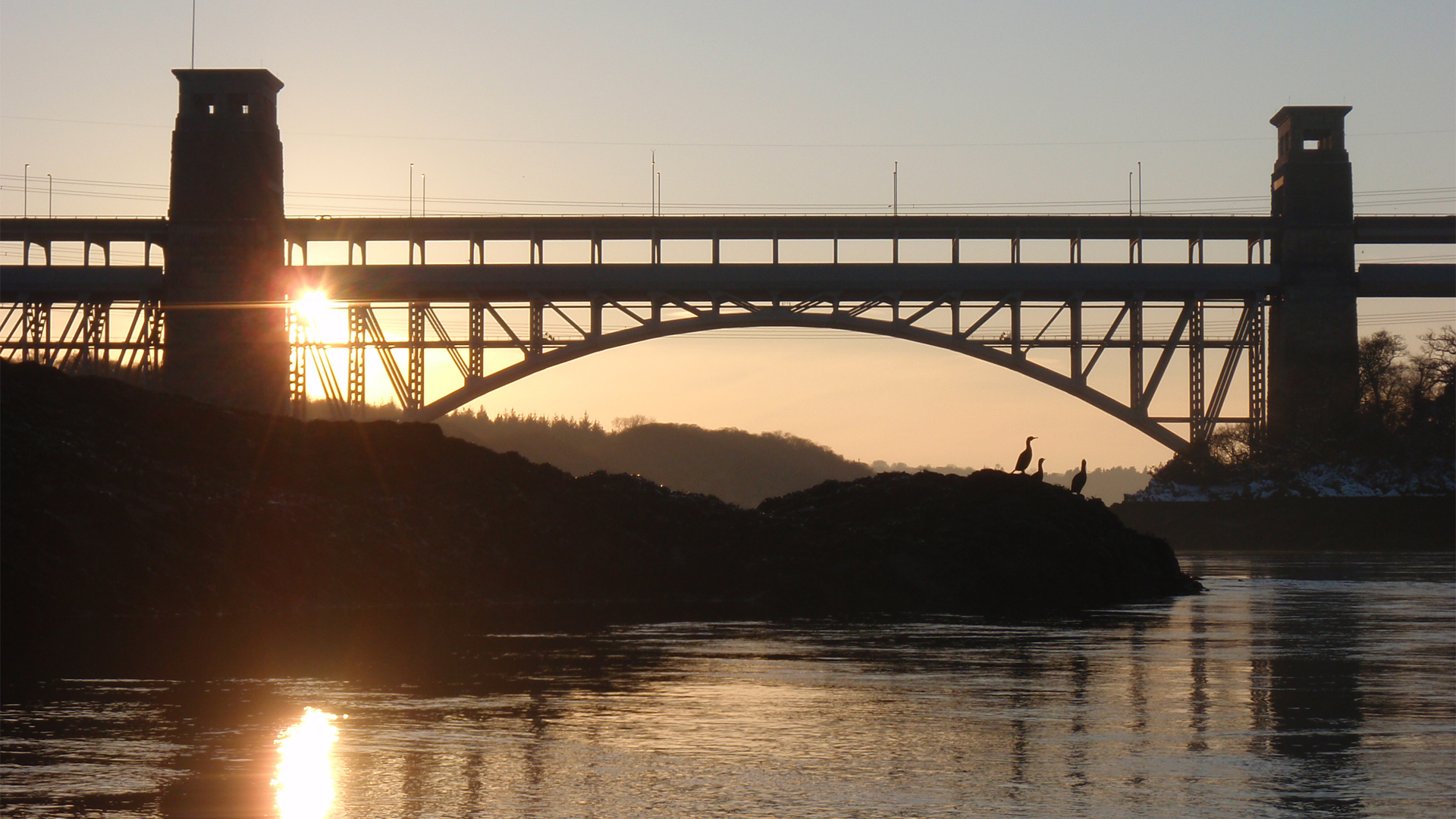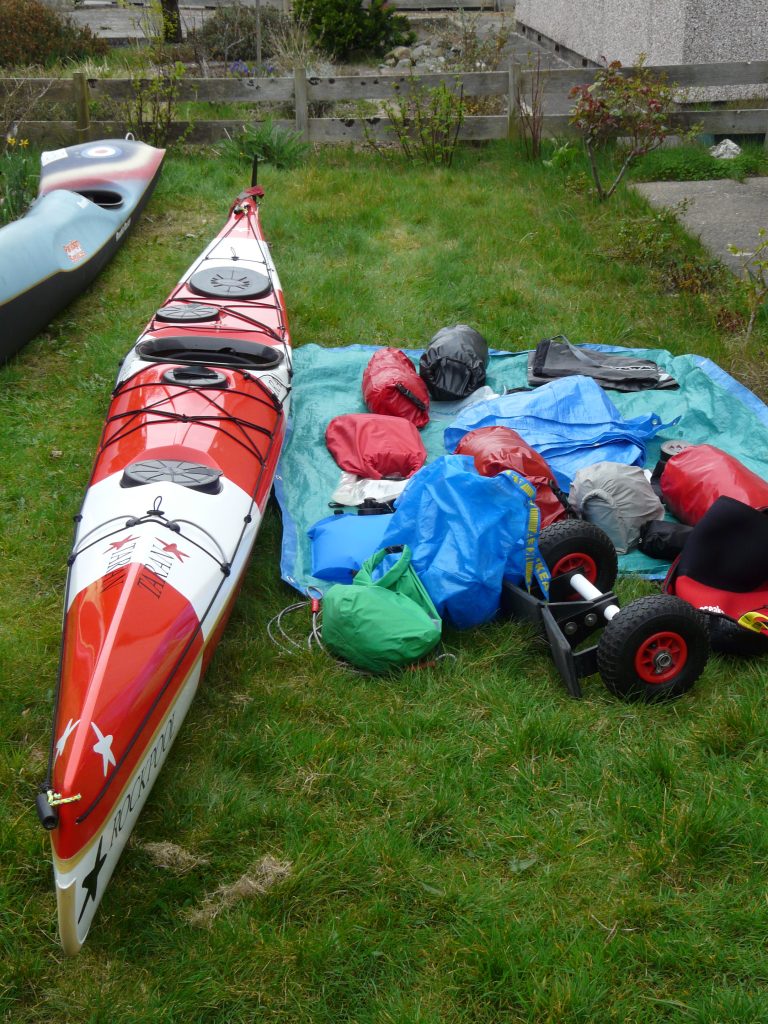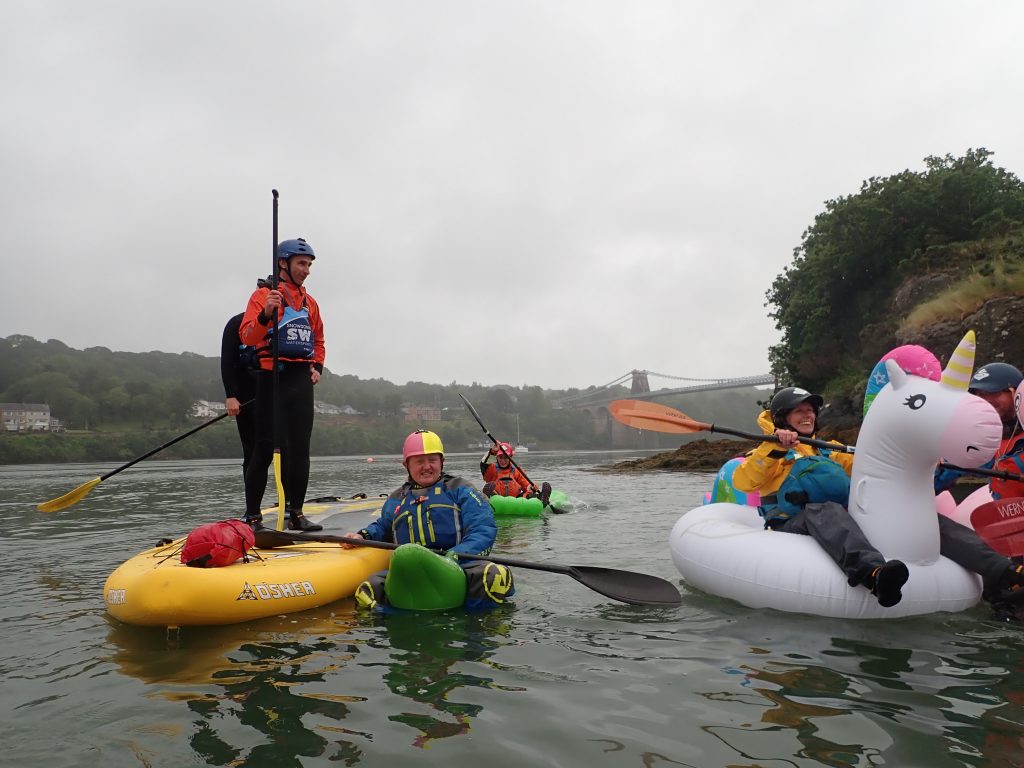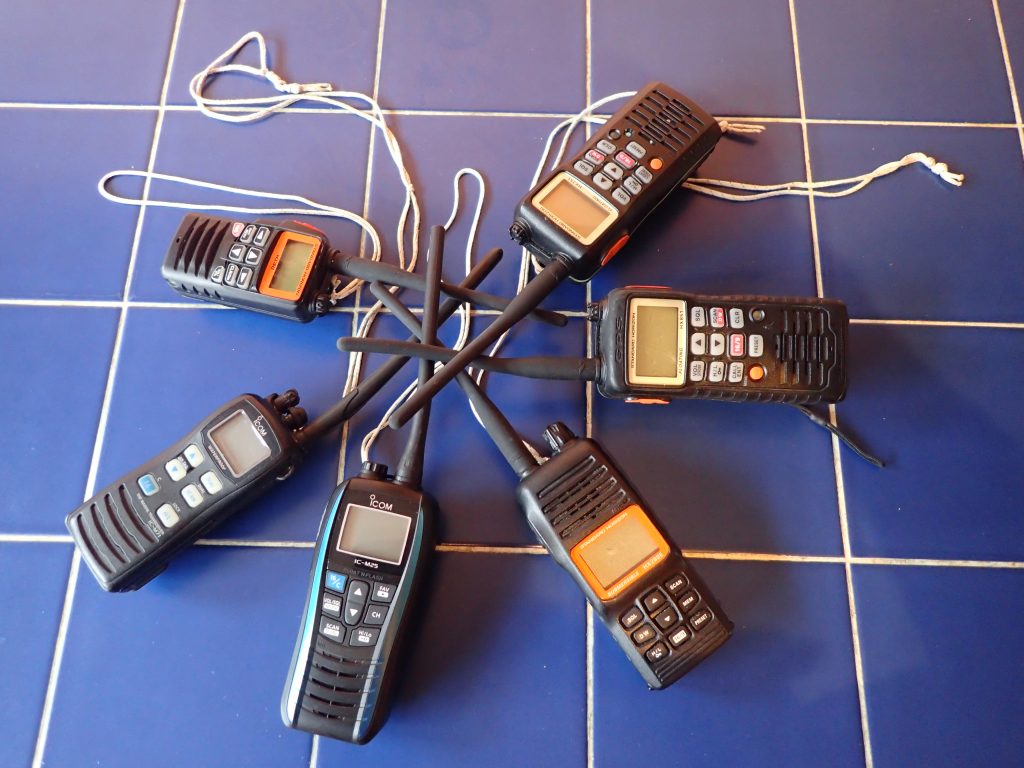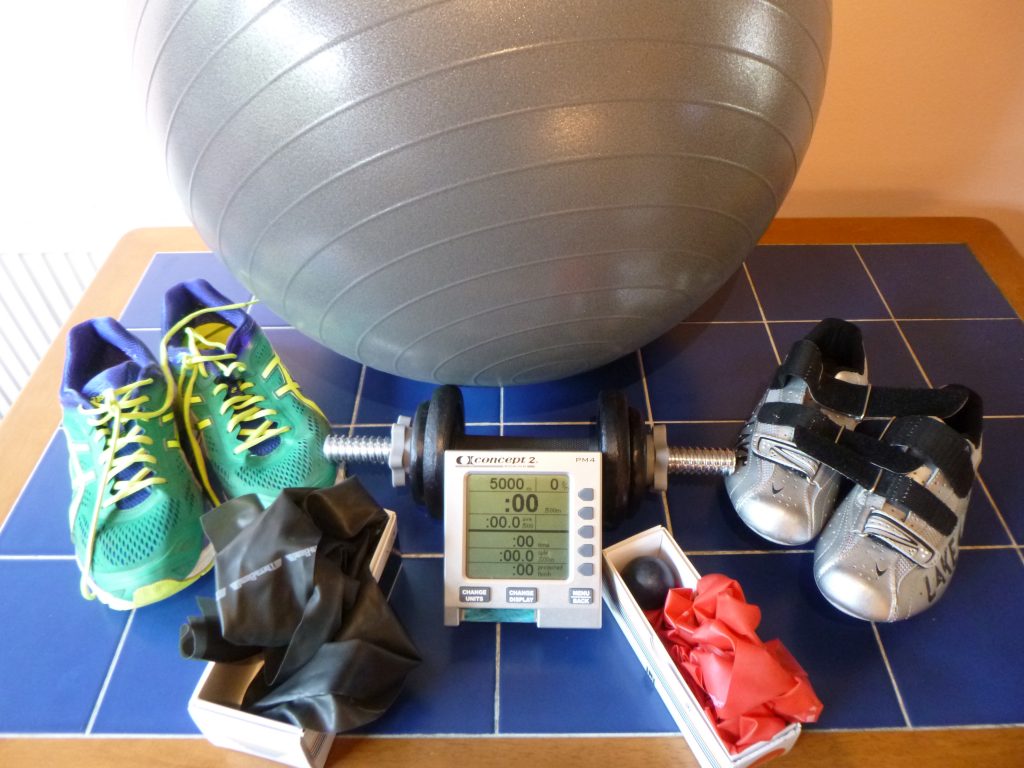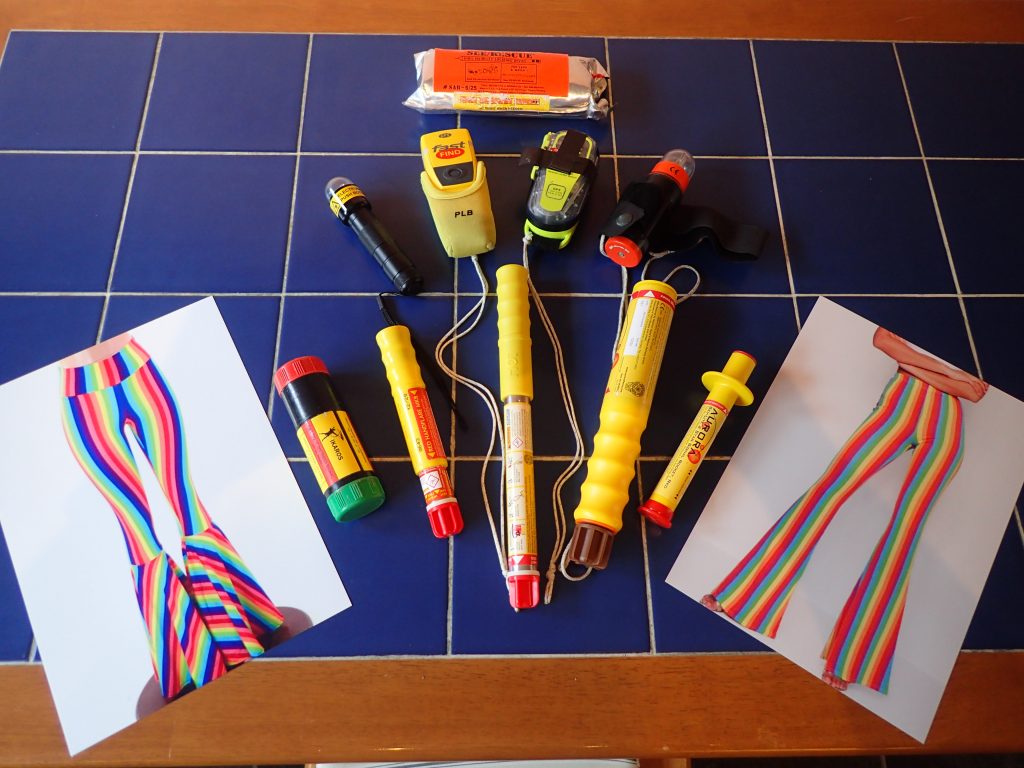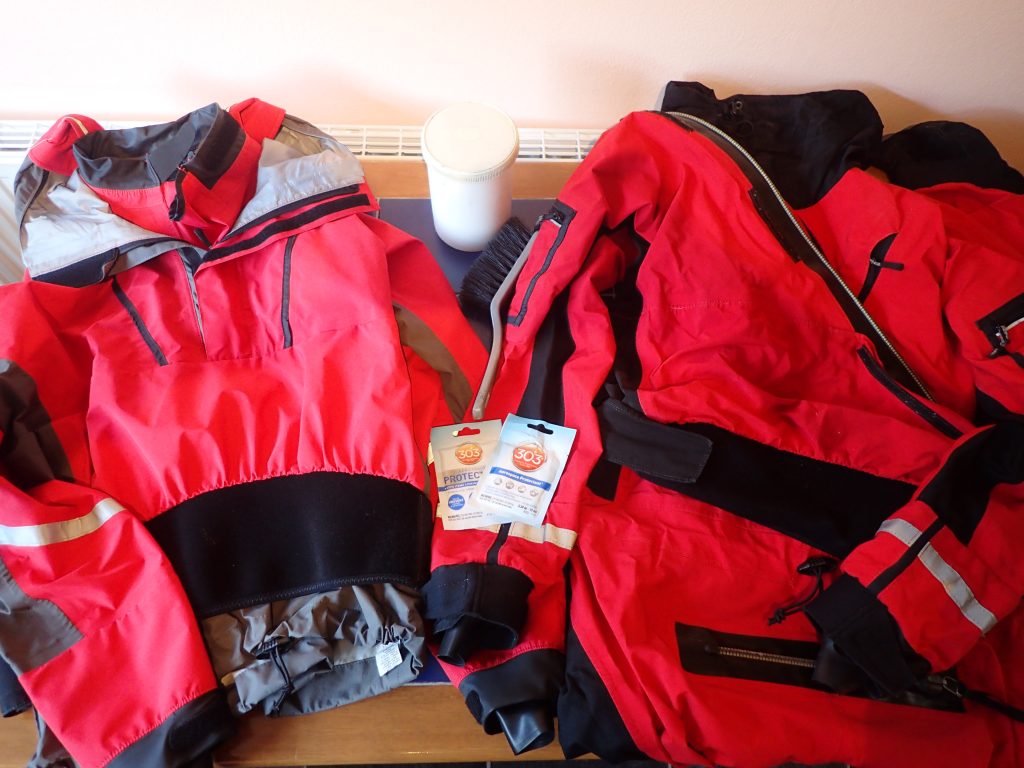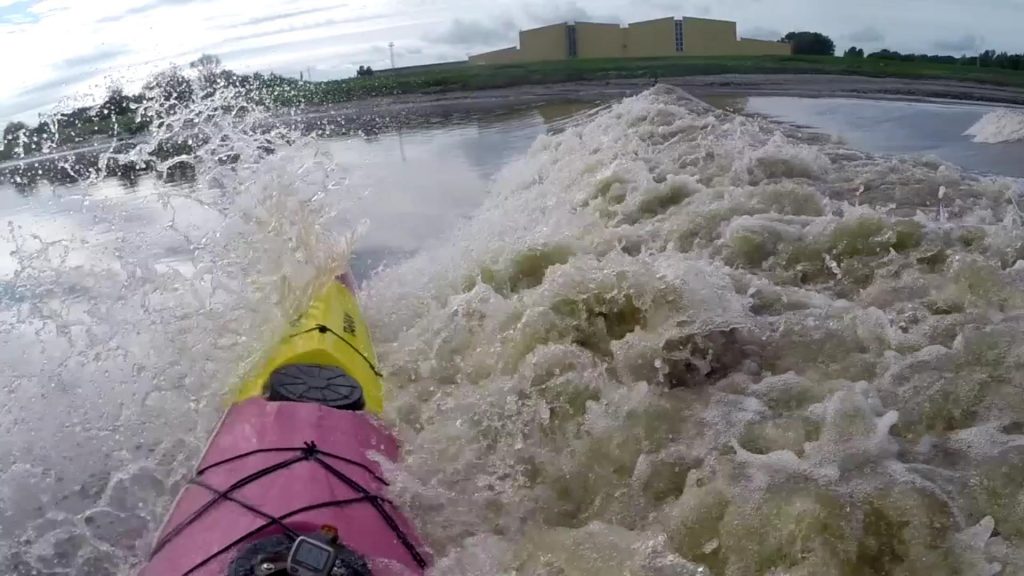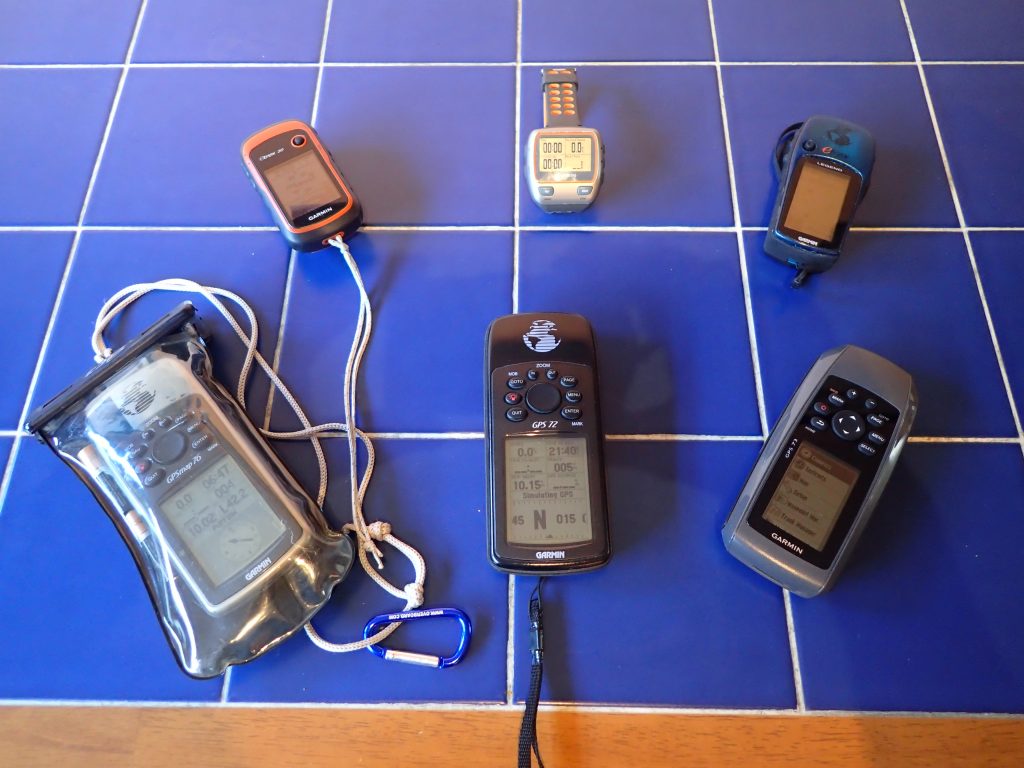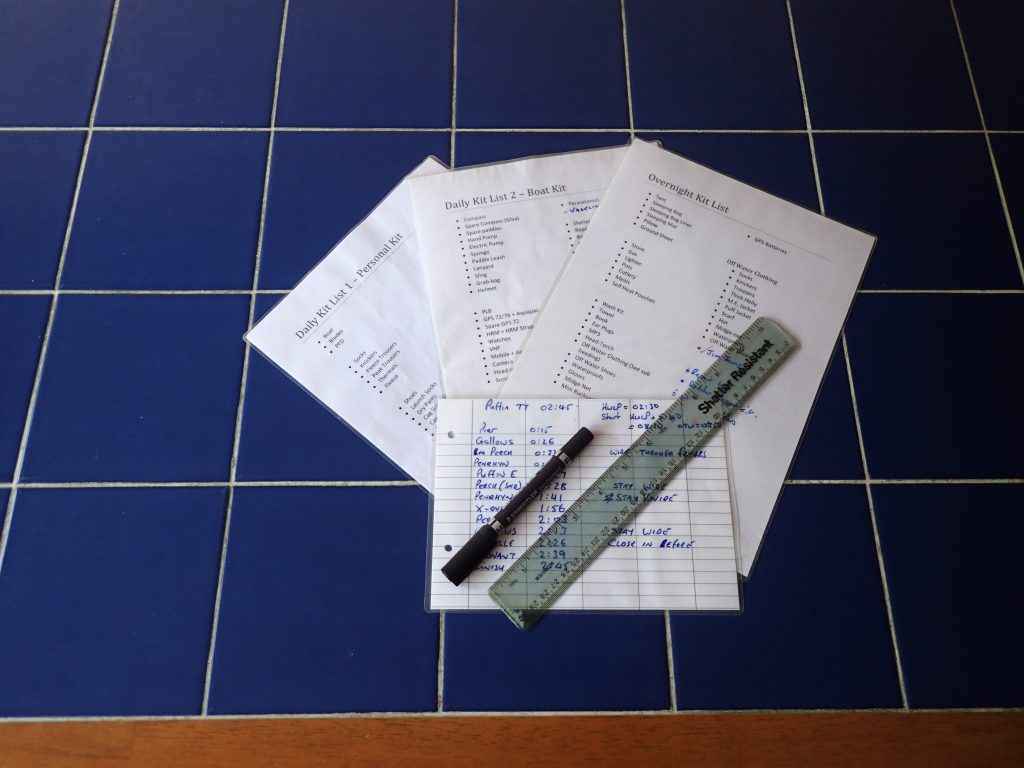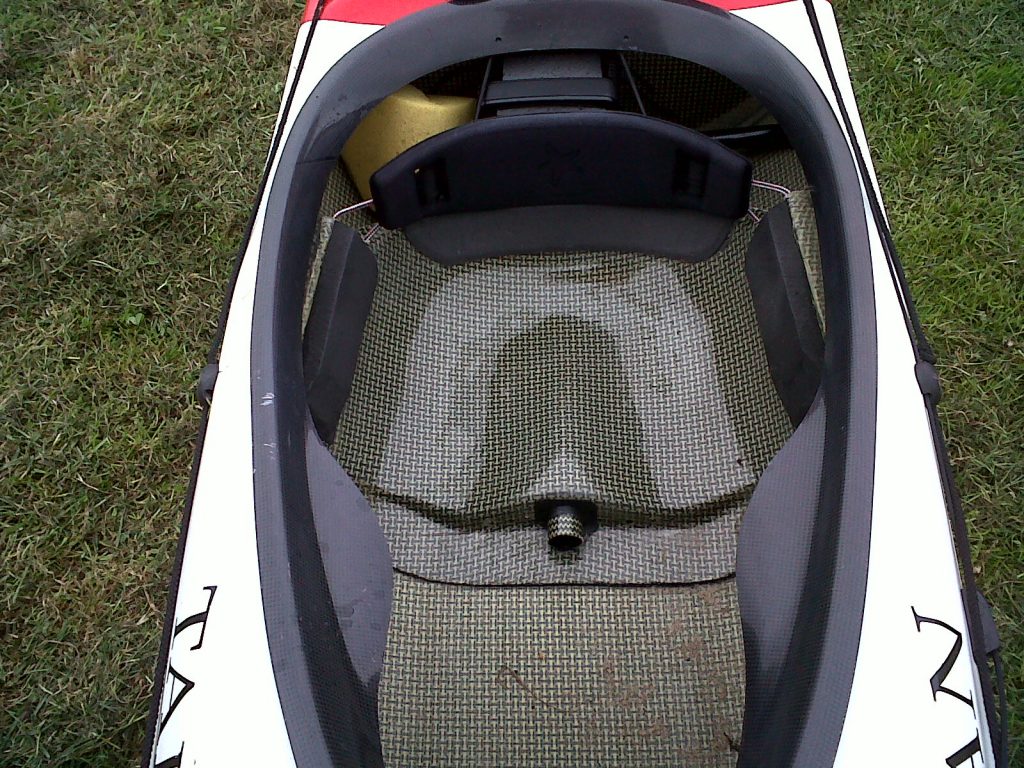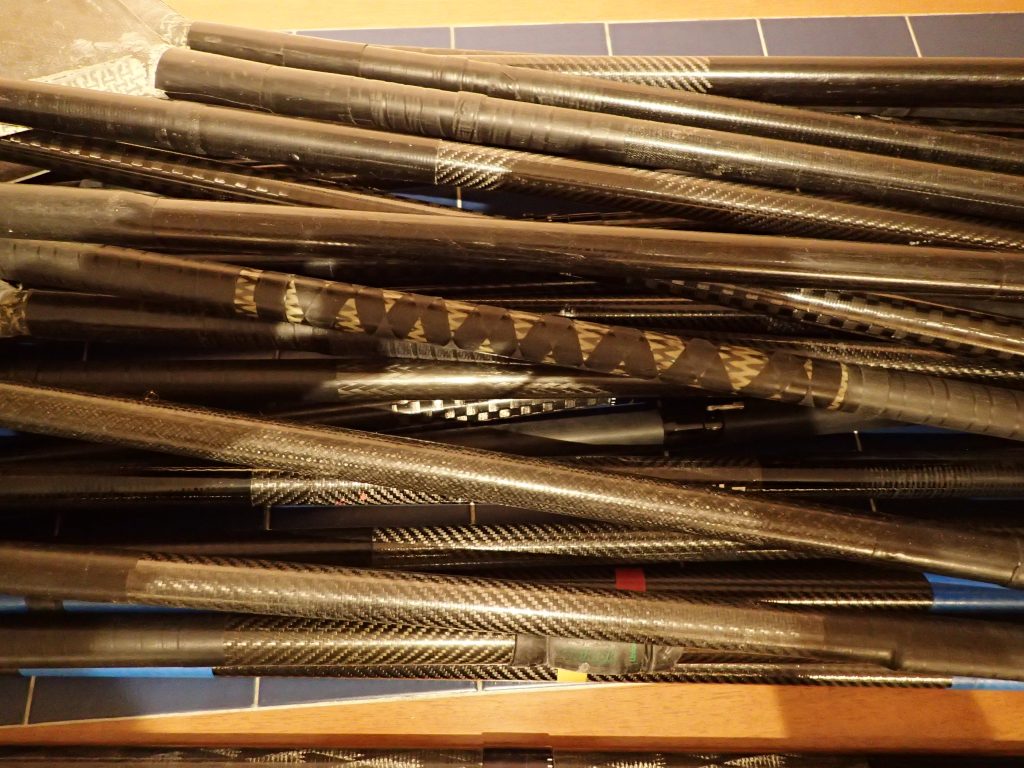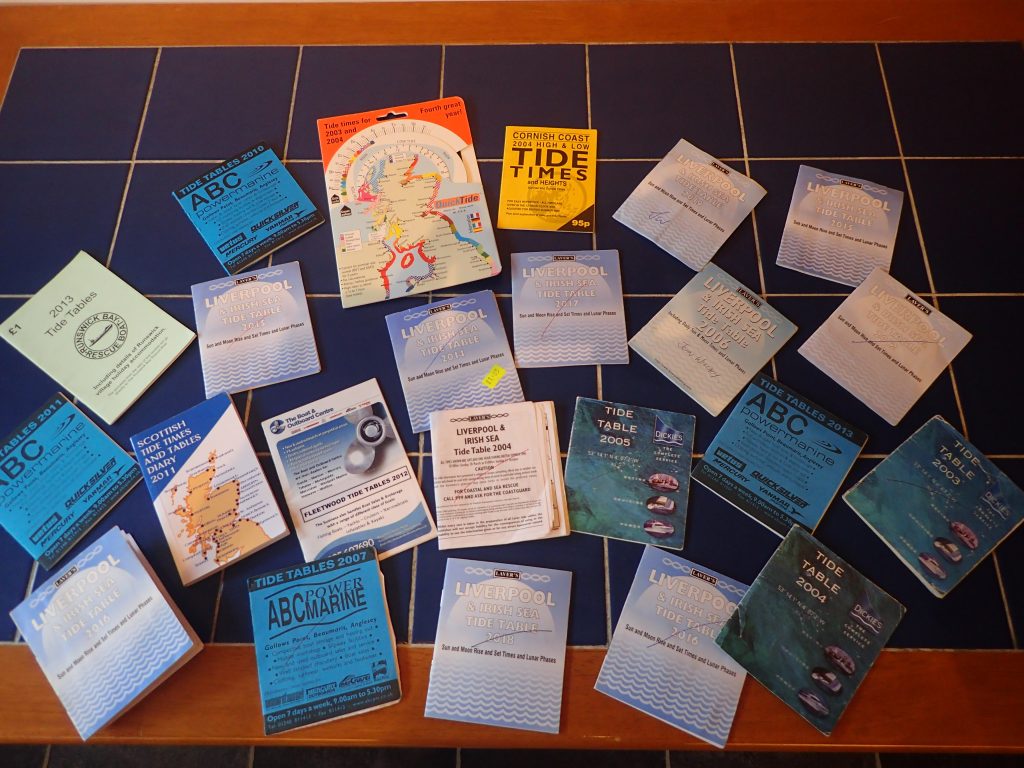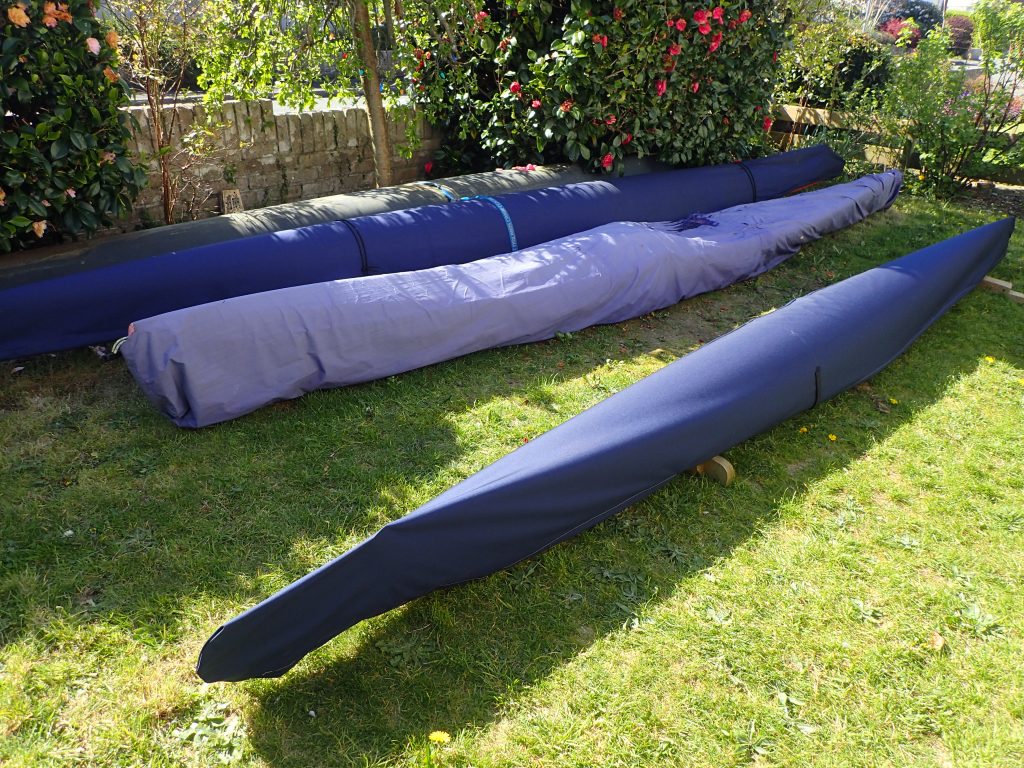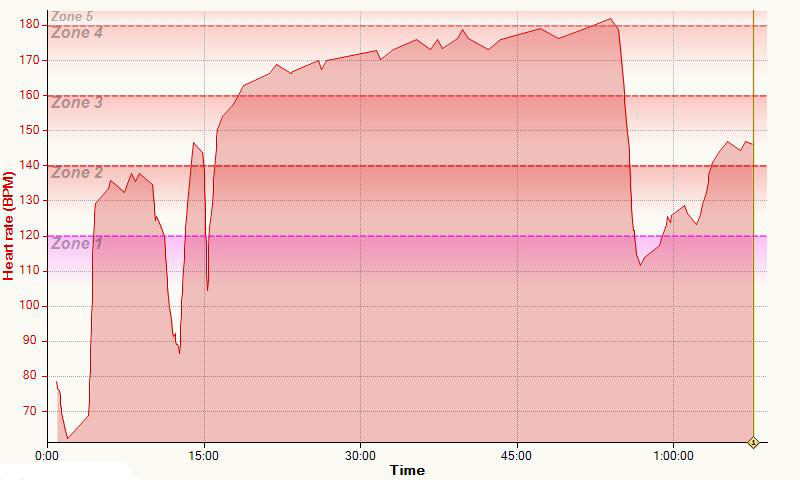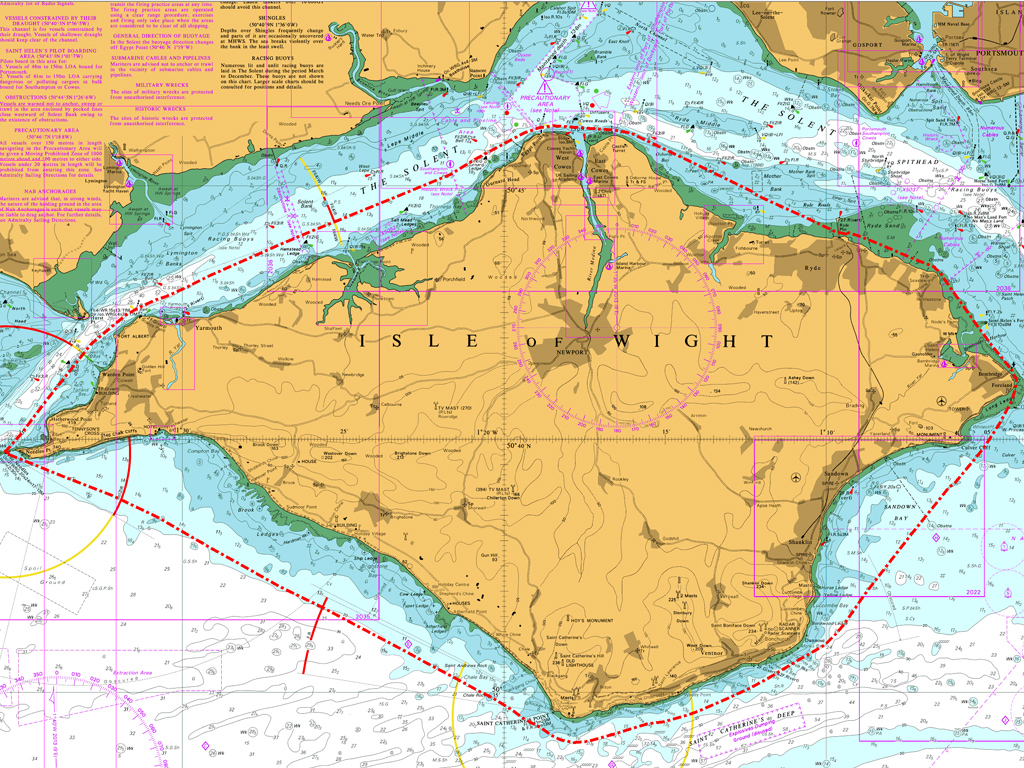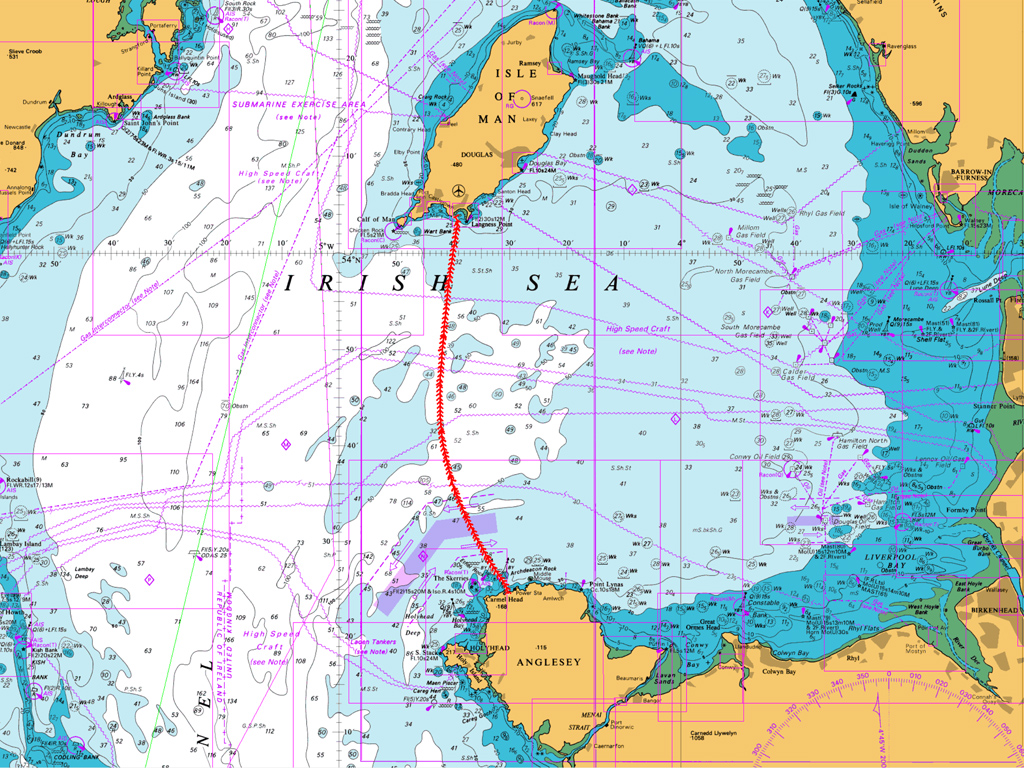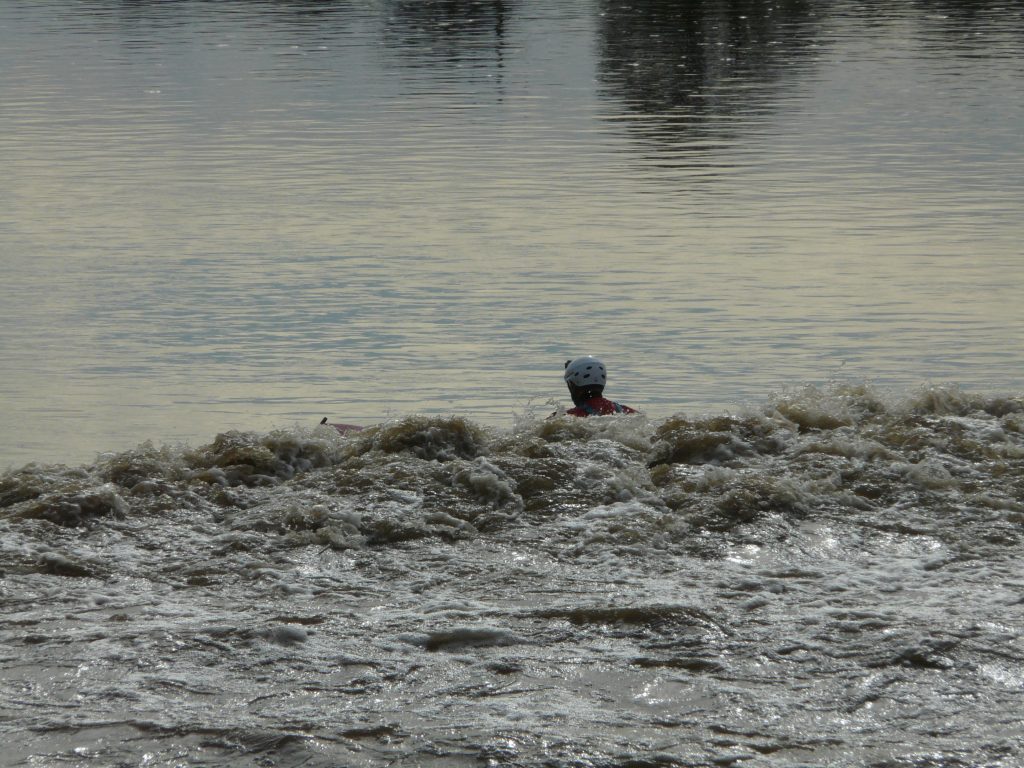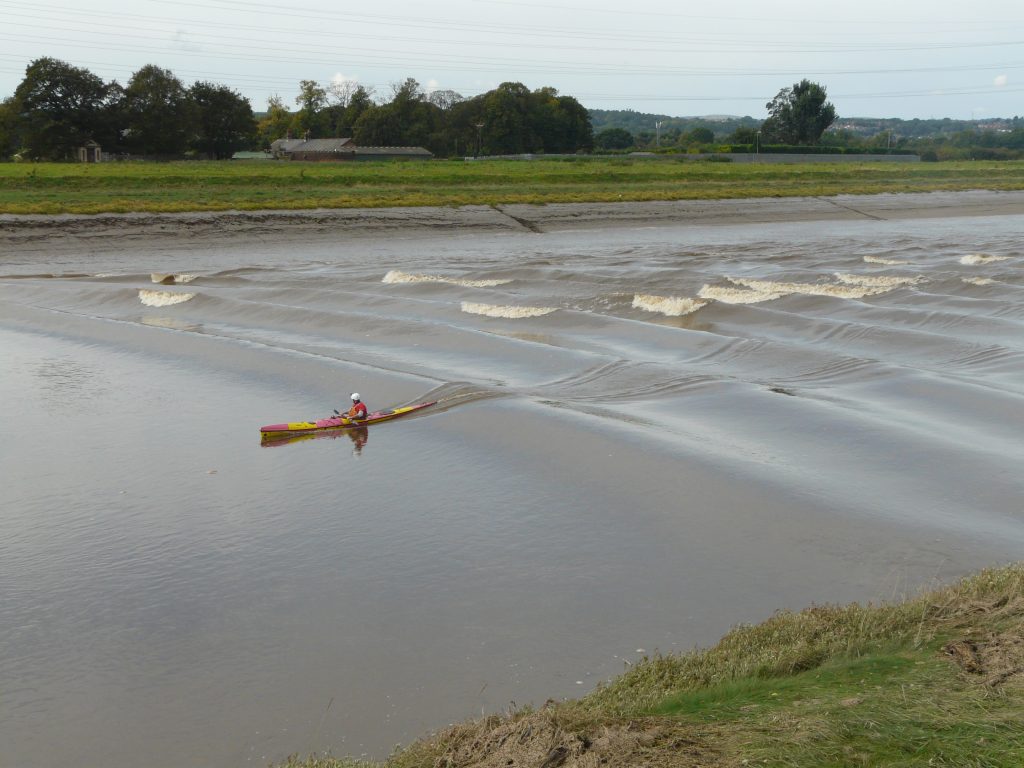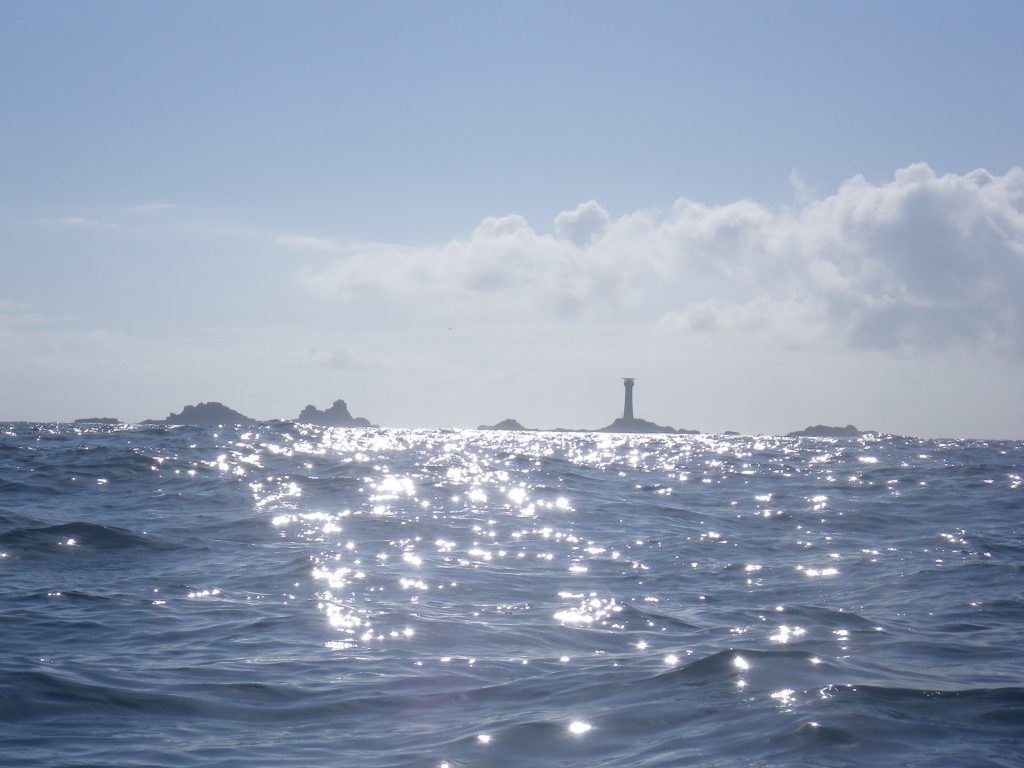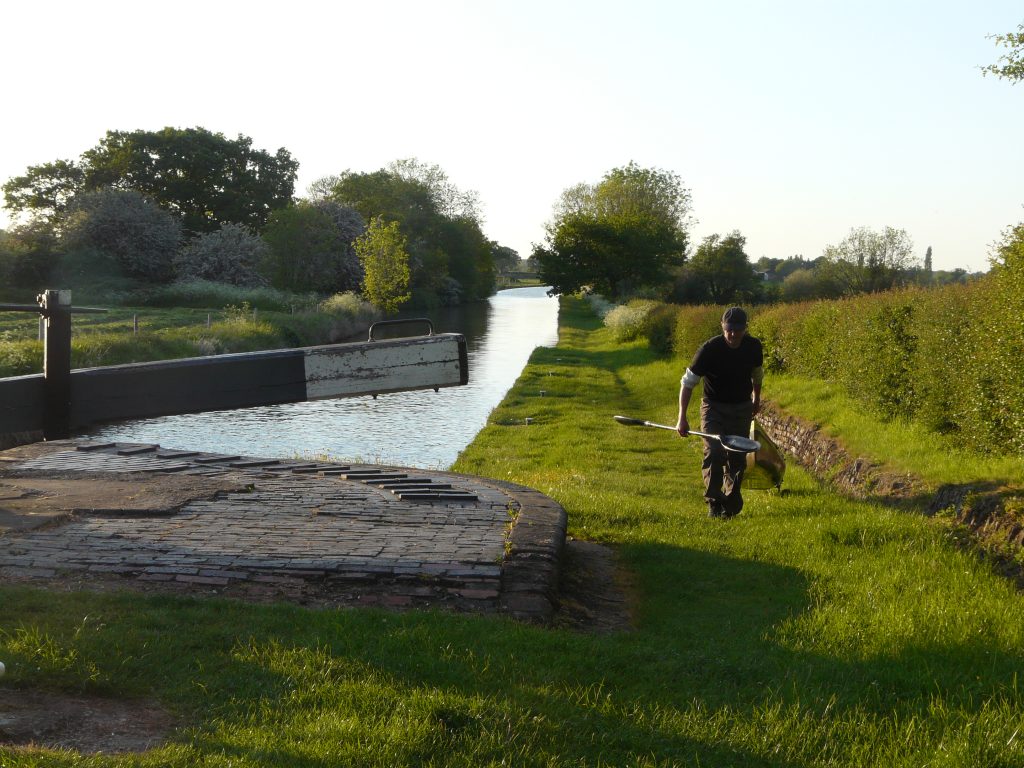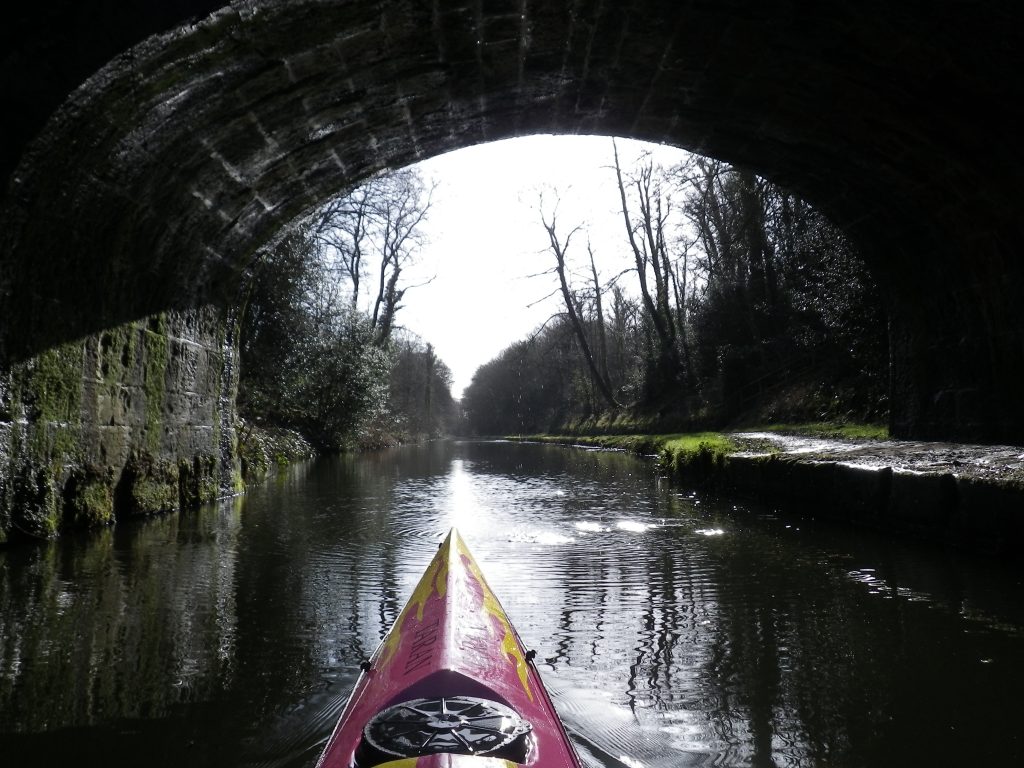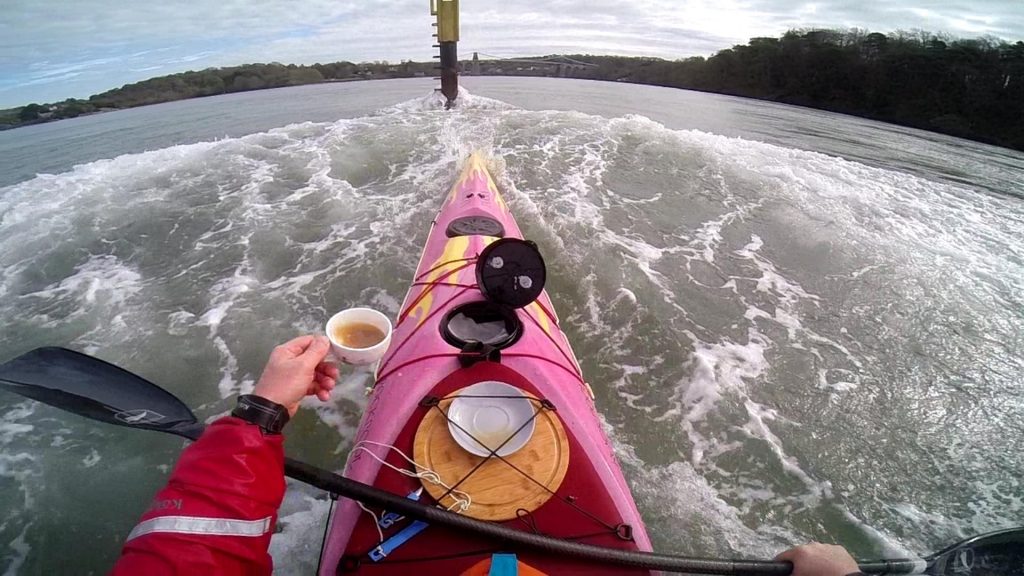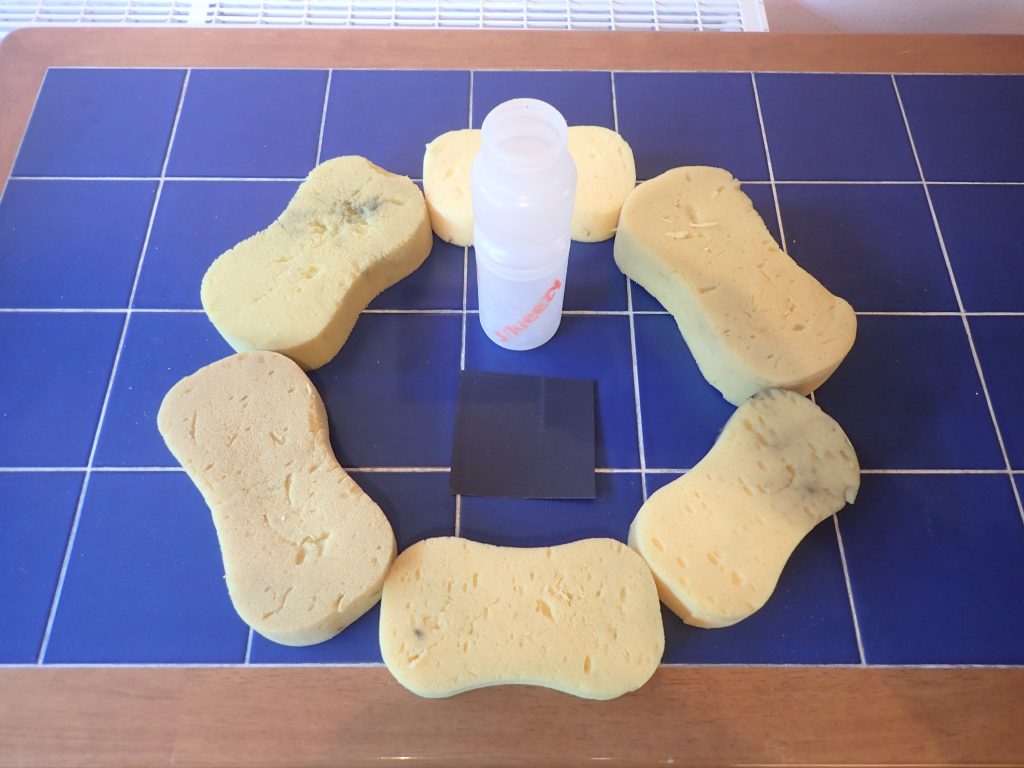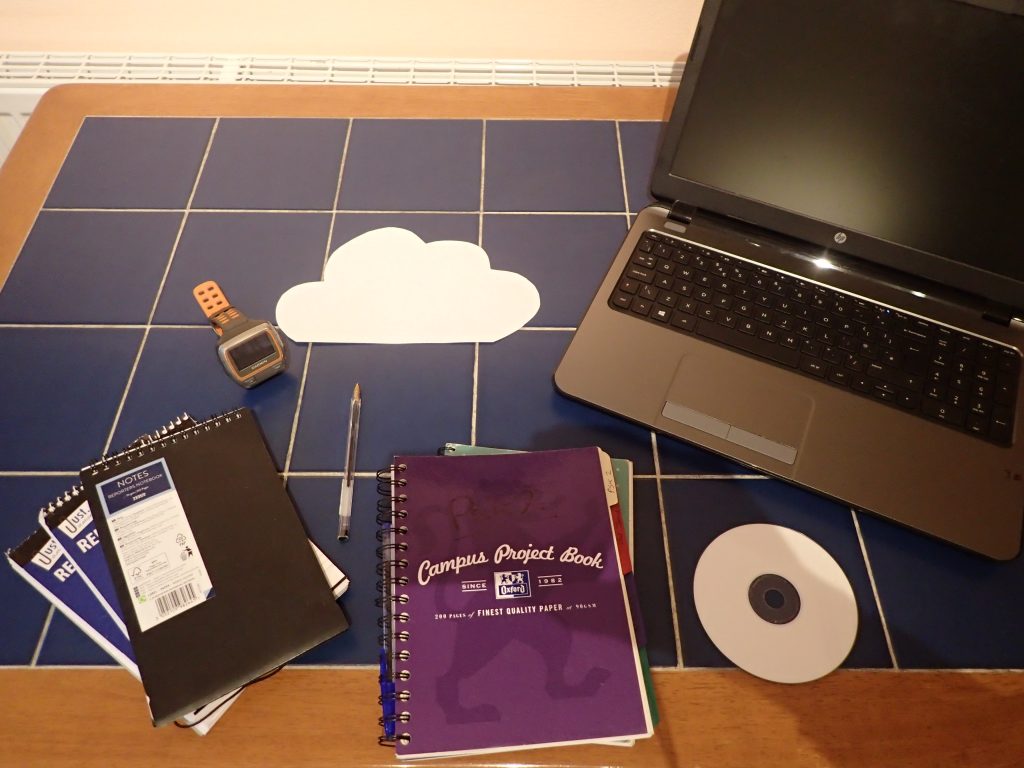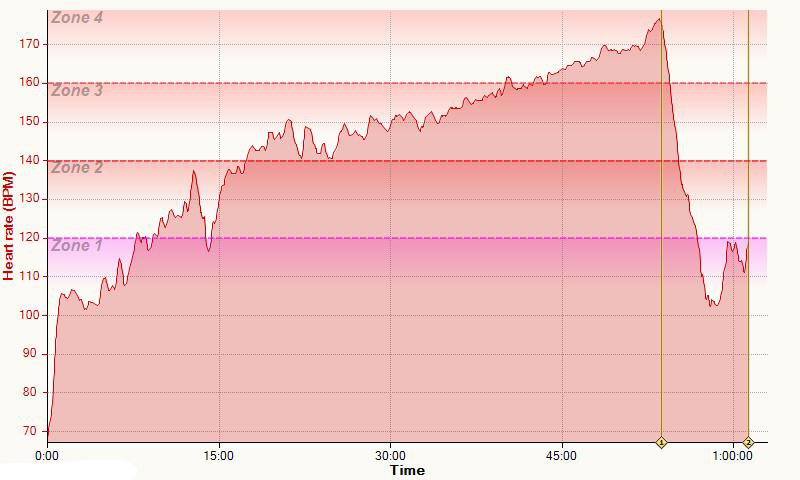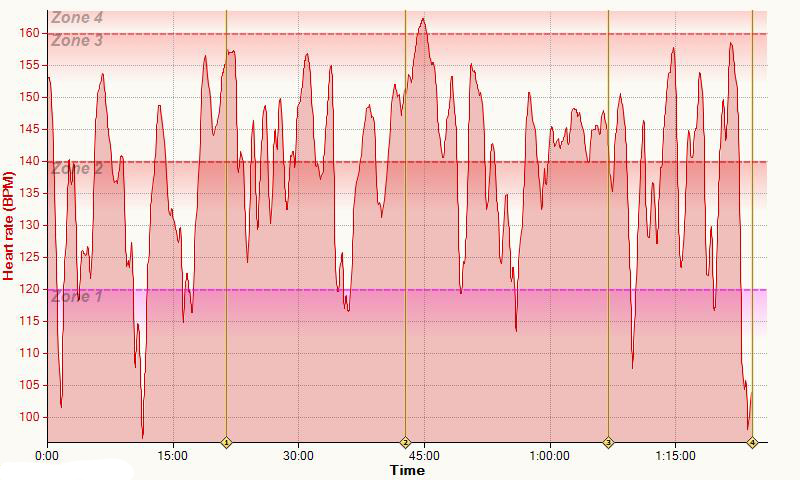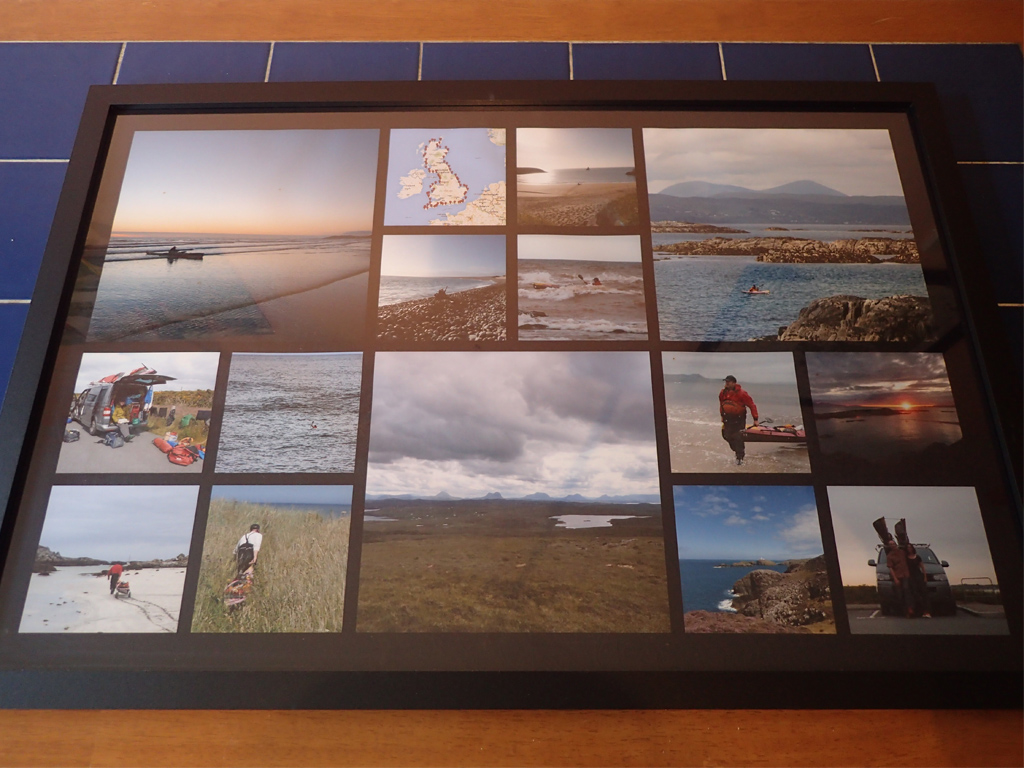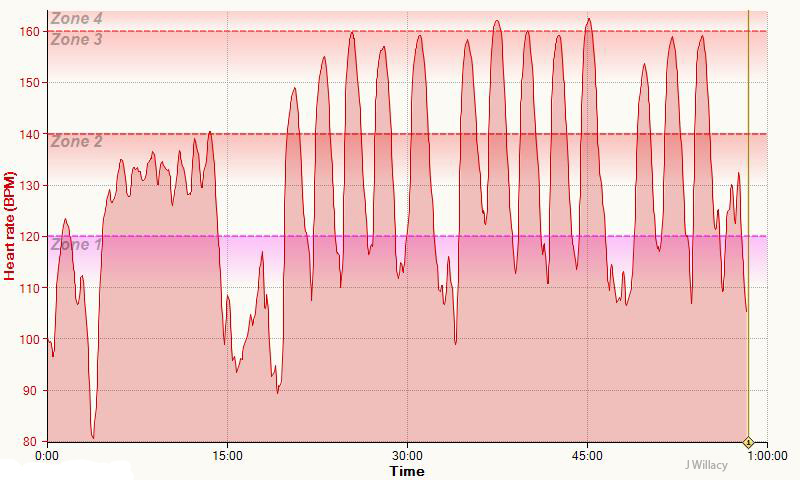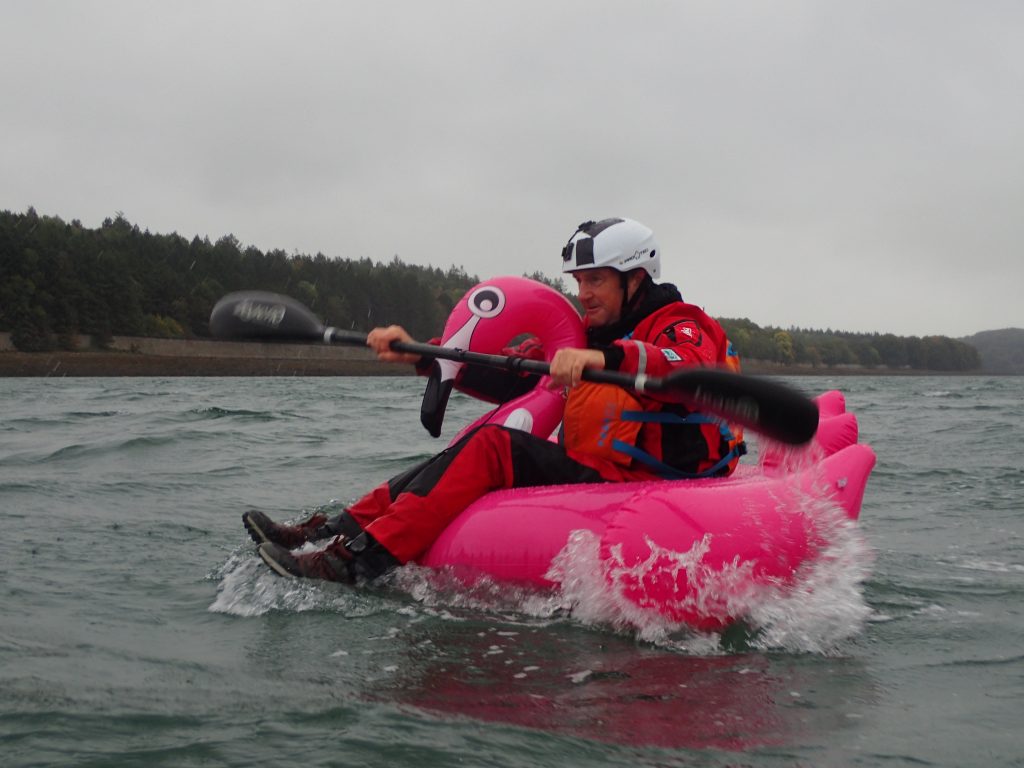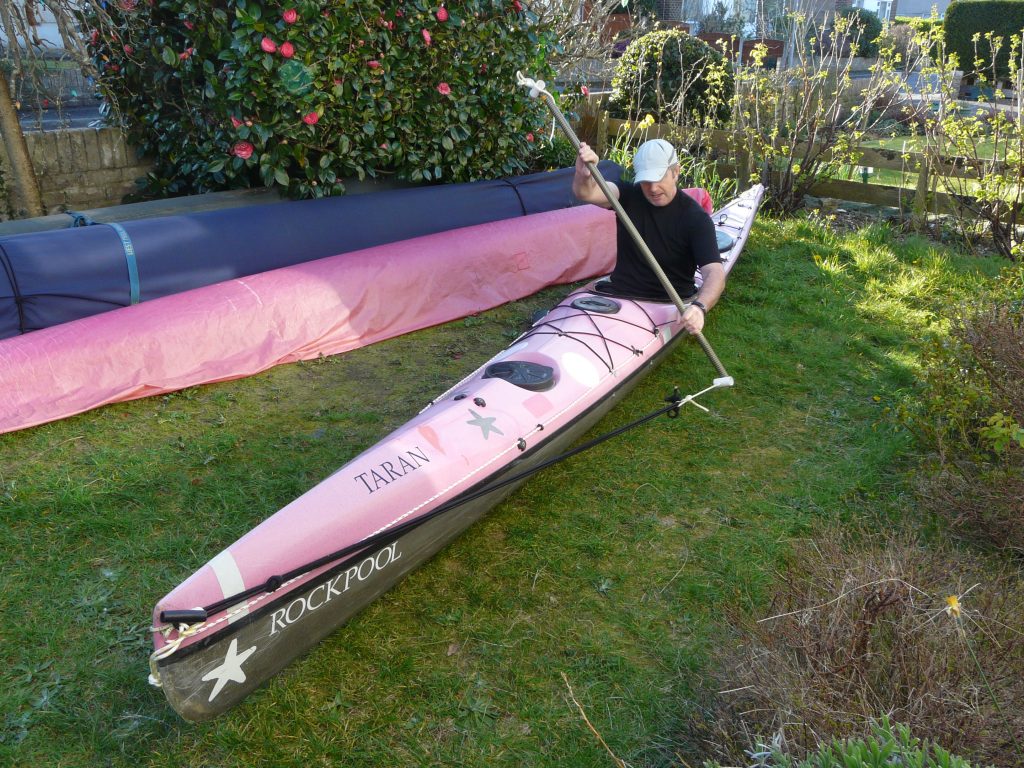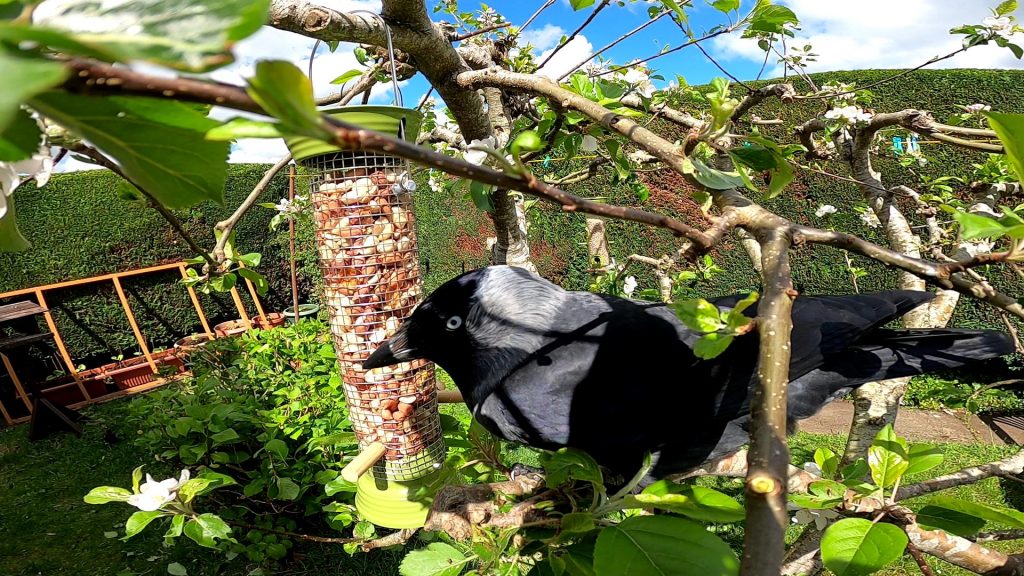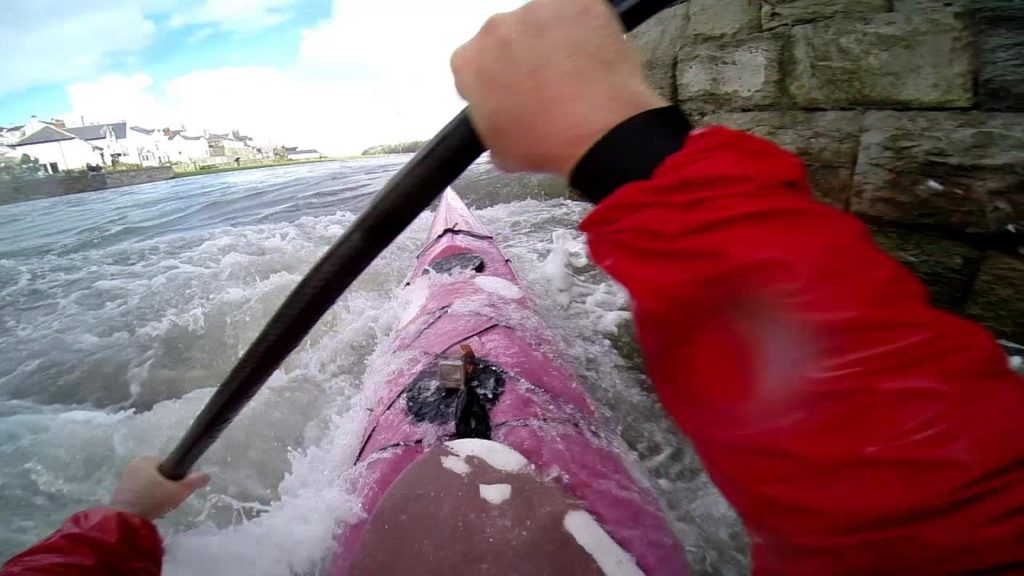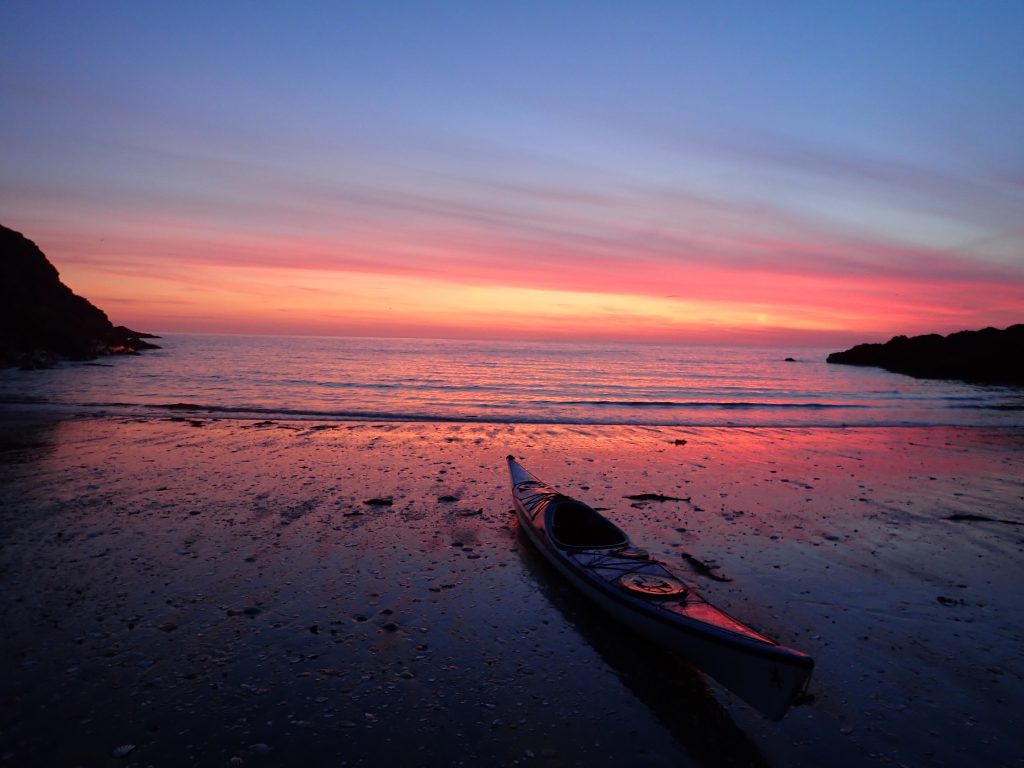Here is the collection of ‘Things To Do’ posts from the PSK facebook page, posted during the UK Covid-19 lockdown 2020.
Contents
Things To Do: #1 – Your UK Circumnavigation
If you are one of the potential UK Circumnavigators for 2021 then you may feel that the current circumstances have thrown a small spanner in the works. All is not lost however. There is plenty of time ahead to regain fitness, but it may be good to use the surfeit of time in a bit of early preparation.
Starting now helps to spread your preparations over time, making it less of a chore and saves stress next spring!
Starting now helps to spread the cost – it fools you into thinking it’s not going to cost so much!
Starting now helps to build a mental picture – when you start out paddling, things will almost feel familiar.
Work invested now keeps you motivated next season, when the pressure increases.
So:
Have a think of a plan – just a rough one for now. Where are you going to start? What crossings are you happy to do? When will you go? How long will it take? Supported or unsupported? How will you resupply? What training paddles can you do this season to try things out?
Obtain your Maps ‘n’ Charts – an OS Map for each leg will make life easier.
Annotate those maps – do the research now. Add tide data, landing options, Plan B get-outs, accommodation options, friendly/useful contact info and so on to your maps. A little work now will be a good investment when you are decision-making in the clapotis. It also reduces the load of guide books, pilots etc.
Make a list of useful waypoints.
Learn how your GPS works.
Decide what map cases you will use.
Check any kit for repairs required.
Thinks of any mods you want to do to your boat – start them now.
Check your tent.
Contemplate trolleys – which one will you use? Try it, take it for a lumpy walk (as your one-a-day of course!)
Make a kit list. Source it, check it, try it. Now.
Count up just how many dry-bags you have.
Plan a simple training programme, backtrack from your start date. Put it on your calendar ready.
Design a new boat, if you are that way inclined…
Chomp at the bit!
It may seem early, but time will fly once this season returns – start now.
Things To Do: #2 – The Menai Menagerie Race
Well with a little time on your hands you may want to spend a little of it sourcing a new ‘craft’ for this summer’s Menai Menagerie Race.
Come join the bunch of big-kids floating down the Straits on a variety of unsuitable craft.
Date tbc of course, but we will run this ‘event’ come hell or hopefully high water.
So support your local internet multi-national by irresponsibly buying yourself a new Unicorn/Flamingo/Crocodile etc. in anticipation.
Put it in your open-ended diary now!
Stay responsible, stay safe. Don’t do any of this.
Things To Do: #3 – VHF Radio
Today, how about a little appreciation for your VHF Radio?
Hopefully it’s not still festering in your PFD pocket, 2 weeks post paddle? How about giving it a little rinse in fresh water and a nice dry down now.
Then after a quick once over check…
Carefully unscrew your antenna (if it’s removable) and check the contact threads for any corrosion. A gentle clean with an old toothbrush or nylon scourer may be useful here. Careful though.
Check any rotary controls move freely.
Check any charging contacts for corrosion.
Go on be a devil, give it a charge too.
And if it no longer holds that charge, well maybe it’s time to finally replace that tired old battery.
Perhaps this is also a good opportunity to remind ourselves how to use the various features amongst that multitude of colourful buttons on our (now) shiny radio.
Obviously we know how to switch it on and set the volume.
How about how to ‘Lock’, and more importantly to ‘Unlock’ the keypad?
What about the ‘Squelch’ – Not being rude, but perhaps this may be the time to learn what Squelch is actually used for?
What about High and Low power? Honestly, along much of the UK coastline, we are doing well if anybody can hear our handheld VHF even on ‘High Power’. Still, it’s worth knowing how to set it, just in case fat-fingers accidentally move things to ‘Low Power’ – we might as well use a string with a couple of cans instead then.
We’ve always wanted to get to grips with the ‘Scan’ feature too of course, but never quite found the time. So now may be just the moment for a quick reminder on that one too – how to set and cancel it, how to ‘resume’ it and how to add a working channel.
Channel 16 should be fairly easy to find – it’s got a bright red button. But what about setting and using ‘Preset Channels’? If I’m truthful that means a little too many button presses for me. I can never remember the sequence. So I just write down any channels I need. You may have a better attention span though.
And as for DSC – well that black-magic is up to you, I carry a PLB instead. Only one more button you see!
But it’s not all about the Radio – are we up to speed on our procedure? It’s not too difficult (for obvious reasons) but it may still seem a little confusing here and there. And we all get rusty.
How about a quick refresher on Mayday and Mayday Relay Calls?
A quick look at PAN-PAN calls too may not be such a bad thing.
Even the basics such as how to hail HMCG? Are we comfortable and relaxed with that?
What should we do when HMCG asks us to move to a working channel?
Finally, what about that old chestnut – the Phonetic Alphabet. That’s alway a good way to while away the dark evening hours!
We all carry a VHF, however if we are perfectly honest with ourselves there may be a few gaps in how we look after it or use it.
So go on, spare a few lockdown minutes. One day you may need it.
PSK Out.
(Groan!)
Things To Do: #4 – Plan To Stay Fit
Well we are 2 weeks in and the shock/novelty has worn off for most of us. It looks like we are unlikely to get on the water for a while. So where does that leave the PSK Paddling Season?
Once we are ‘released’ we can expect 6-8 weeks of good training to get us back to a significant fitness. Not what we hoped for when we planned the year, but that’s how it is. It will do.
Perhaps we can get back on the water by the end of June? We can then be fit again by the end of August – in time for the Autumn high-pressures. We can still salvage something from 2020.
So let’s not whinge about it. It is what it is.
There are others in worse places.
Get over it, get on with it.
So just what can we do?
We all have our preferences of course, so it’s for you to decide:
Running, Cycling, Resistance Bands, Yoga, Pilates, Free-Weights, Multi-Gym, Body-Weight, Concept 2, Paddling Ergo, Iso-Kinetic Machine and just good old Walking of course. Whatever floats your boat…
Take advice by all means, but what about working it out for yourself?
Think of your paddling movements. Analyse your stroke. What muscle groups are doing what? How does it feel? What is tight, what is relaxed? A resistance band can be useful here – carefully tied to the end of the boat or coffee table. Now design exercises that work these same movements. You won’t just gain from the physical improvement, but you may learn a useful amount about the technical side of your own paddling movements.
With your ‘one-a-day’ permitting you off the property – there’s your daily stress-relieving aerobic session. If you still want more, perhaps throw in some shorter indoor or garden work too – strength or flexibility work to contrast perhaps?
We don’t need ‘sharp’ fitness just now – ‘race-day’ may still be a while away. We just need a platform to start from, once we are able to ‘stretch the spraydeck’ once again.
So, ignore the weather outside, and fool yourself that it is time for ‘foundation-work’ once again.
By the end of this, we may be fitter than usual!
But I’m not finished yet, oh no!
Time will be short once we are free again. This ‘foundation fitness’ is important to allow us to start productive boat training as soon as we can. And as our training may be a little different from our norm now, it is time to take a little care.
We can’t afford to lose further time with injuries. With training options limited it may be even more difficult to train ‘around’ an injury, limiting our options further. Likewise sourcing external help, such as a physio, may be tricky too.
So let’s put the macho bollocks to one side for a while.
Take it steady.
Build everything up gradually.
Work new activities gently to start and build them-up as your body adapts.
Think about it.
Listen to your body. Lift intensity steadily, and only as specific fitness improves. It’s not the time to bang out 10 running sessions per week if you normally do 1. It will end in tears!
Likewise, ease off if your body doesn’t want to play on the day. Don’t push through it – be clever, ease back. Bimble home and play for the long game. An extra mile here, or a 5 extra reps there count for little in the overall picture, but may take you out of training for weeks.
However, like it or not, this isn’t going to make us paddle fit. Once we have 2-dimensional freedom again we have to remember we won’t be able to start where we left off. Fitness will have fallen back, we will be training at where we are, not where we want to be. So now we just need to build and maintain a realistic, useful platform.
Body and Brain both need a little help at times like these:
Set safe goals.
Contrast sessions, activities and intensities.
Keep it simple.
Vary your training.
Enjoy it.
Rest.
So be patient.
It’s not ideal but it is possible.
Things To Do: #5 – Check Out Those Flares!
We’ll take it a little easier today, it is a Bank Holiday after all. So let’s do some simple maintenance on our flares, and other distress kit.
Pyrotechnic Flares obviously require safe handling and storage (they are not still mouldering in your kit bag or PFD are they? No, of course not!) but on the whole maintenance is fairly simple.
Give them a once over – look for any obvious signs of damage, disturbance or corrosion.
If they have screw tops, check they have not come loose, and carefully check for any signs of water ingress. FFS don’t pull any toggles, beads or strings though!
What about the labels? Are they easily legible – if not, that’s not good. You wouldn’t want to pull when a push is required, or mistake the ‘loud’ end for the other.
Of course they need to be in date too, so go and take a look now.
Don’t leave out-of-date items hanging around in the shed, hoping they’ll go away – they won’t. They aren’t going to get any safer either. You may be tempted to ignore the ‘best before’ date on that last sausage in the fridge – but that’s not going to blow your fingers off as it ages! You need to safely dispose of out-of-date flares: https://www.gov.uk/guidance/disposing-of-unwanted-marine-flares
And while we are checking things over, let’s have a look at operation.
There are so many different types and manufacturers of flares. Obviously if we need our bit of ‘pocket dynamite’ for real, then it’s probably going to be at a stressful time and in difficult conditions.
Not being funny, do you absolutely know which end to point away from you?
Can you operate all of the different flares you carry, without reading the instructions? It may well be in the dark when you need them.
Do you know which end of the Day-Night Smoke is the Day end and which is the Night? For obvious reasons smoke at night has limited impact in the ‘look-over-here-and-help-me’ scenario. (Tip: Many ‘Day/Night’s’ have ‘nipples’ on the ‘night’ end – there are exceptions, of course)
It would be good to know which go ‘Bang!’ and fire away from you, and which ones ‘spit-and-fizzle’ at arms length – in a worrying froth of cag-melting particles. Again a little homework – on dry, warm and relaxed land may be a few minutes so well invested.
Maybe now is the time to finally upgrade your storage options too, from that biscuit tin in the garage…
And while we (or me) are on the subject of doom and disaster we might as well take a look at other kit too.
Strobes, LED and Laser Flares
The same maintenance rules apply – dig ’em out, then an external check, followed by a quick rinse with fresh water won’t go amiss. Check for operation – both to make sure they do work and to remind you how to go about it. Again, give it a go with your eyes closed.
Batteries need checking and replacing – if they are not user-replaceable then put the unit into the ‘post-lockdown-send-away-for-repair box’ – now. There’ll be other stuff later – get a decent sized box.
Have a little think of how you plan to use your ‘digital flare’. Do you clip it to your PFD or bury it at the bottom of your camera-carrying and choccy-bar-stuffed pocket? Give it a go now. Put on your PFD, loaded as for a paddle, and sit down. Can you retrieve it? Can you switch it on? Is the lanyard long enough? Does it snag?
Tweak any problems – now!
PLB’s
Similar stuff once again – Rinse – External Check – Batteries.
If your PLB has a ‘Built-In-Test’ facility then give it a go, check all is as it should be. But beforehand and FFS – READ THE MANUAL. Don’t press things willy-nilly!
You are going to be rather unpopular at the best of times , and doubly so now, if you press the wrong bit and summon a helicopter and lifeboat to your suburban home.
Did remember to register your PLB? Did the docs ever arrive? Hmmm…
But most importantly, do you absolutely know how to use it? Again, floating around in the dark is not the time to be hunting around for your glasses so you can vainly try to read the label.
It’s time to dig out the old user manual and see just where that sneaky folding antenna needs to go. Is it stiff or floppy? Believe me, it ain’t going to work under water – so when it’s all gone dynamic-and-solo and you’re in the Oggin – just how are you going to keep it above the surface for an hour or two? The ‘we’ll-cross-that-bridge-when-we-come-to-it’ approach may not be for the best then.
Once again stick it/on your loaded PFD, sit down and try to retrieve it and see if you could use it.
We all carry these items. Sometimes they seem to be more of a talisman than a realistic option – but they may make THE difference.
None of the above is complicated, a little familiarity and a little maintenance may just be worth the hassle.
‘Bye for now, got things to do…
Cue Flares/Fashion jokes and endless debate on the merit of digital vs pyrotechnic flares.
If you need to dispose of pyrotechnics then please do so responsibly, legally and safely:
https://www.gov.uk/guidance/disposing-of-unwanted-marine-flares
https://www.gov.uk/guidance/disposing-of-unwanted-marine-flares
https://www.gov.uk/guidance/disposing-of-unwanted-marine-flares
To register your PLB:
https://forms.dft.gov.uk/mca-sar-epirb/
British Canoeing Safety Alert on PLB’s:
https://www.britishcanoeing.org.uk/uploads/documents/PLB-Safety-Alert.pdf
Summary of Safety Devices:
https://www.britishcanoeing.org.uk/uploads/documents/Calling-for-help.pdf
Things To Do: #6 – Love The Latex!
In our house Bank Holiday Saturday is ‘Latex Day’. Once we’ve got that out of the way, it is time to give a little tlc to our Dry Cags and Dry Suits.
It’s not rocket science this one, another little simple maintenance and Bob’s-your-uncle, we are ready to move on to our ‘One-A-Day’ exercise bonanza.
So with no further ado:
Dry Cags and Dry suits are not cheap, especially for quality kit. We all start out with great intentions with a new one, but eventually the wash-after-every-use love and care starts to drift a little – often illustrated by that ‘rather-pretty-but-guilty-m’lud’ indicator of the shower of salty snowflakes left behind a dried out cag.
So to start, we won’t go much wrong with the old ‘rinse with fresh water’ maintenance treatment. Pay special attention to those sneaky, sand-hogging creases on the feet.
A nice long dry to follow, out of direct sunlight of course.
And then it’s time for a once over, looking for unaware-damage. Follow with a more detailed inspection of the weaker areas: latex neck and wrist seals, and of course the zip. Go on, it only takes seconds.
Seals
Torn or ‘gummy’ seals need replacing. You may be able to repair minor damage to a latex seal, but really you are just putting off the inevitable, and that inevitable will occur when you are getting ready for a future paddle – causing unnecessary hassle (South-Stack-Soggy-Wrists-Syndrome).
Seals can be replaced DIY style, but success depends a little on your handyman skills. Salvaged traffic cones, plastic drink bottles or various items of kitchenware can be used to stretch cag/suit openings to do the job. But to be honest if you want it doing to professional standards then you may want to consider employing a professional. Various manufacturers and suppliers provide such services, as do the folks in the diving world, though their results may be a little ‘heavy duty’ for us paddlers.
(Remember the post-lockdown repair box? Add your suit now if you need to.)
Of course we keep our seals away from alcohol/solvent based lotions and potions to prolong their life. It’s also worth giving a generous, pre-storage dusting of talc (non-perfumed) or french chalk. A seemingly more high-tech approach of treatments such as 303 Protectant will suffice also. This needs retreating every 6-8 weeks or so – it looks like our seals might not even get wet between those now.
Zips
Give the zip a gentle brush to remove sand or grit, but keep the grit from the inside of your suit. Maybe a gentle wash with a little soapy water, if you want.
Then lube the zip – there are differences of opinion here. Beeswax seems to get the uniform thumbs-up. Silicon grease can be ideal or the devil, depending – though zip manufacturer T-Zip sell it. I’ve got a big tub of silicon grease that I’ve been working through, and I still have dry knickers.
Finally it’s time to put it all away (for a while) to that well-worn cool and dark place. Hanging is better than folding, though hang upside down if you can, to prevent the hanger putting strain on the neck seal.
We’re now done and (de-)dusted – time to sit down and dream of the splashy days to come.
If my Mum (or more importantly, The Boss’ Mum) happens to be reading this, then the ‘Latex Day’ reference is just a cheap joke, and not actually the case. Honest.
T-Zip maintenance:
http://tizip.com/storage-cleaning-maintenance/
Things To Do: #7 – Take A Snooze…
It’s been a busy week with all that training and all those Things To Do.
So, go on, find a little time for a snooze.
But beforehand, how about taking a look at the Performance Sea Kayak YouTube Channel?
It may help.
https://www.youtube.com/channel/UC4lomPJx7TZXvOQGxwdGTvw/videos
Things To Do: #8 – Get A Grip With The GPS
There’s a lot – sit up!
For sea kayakers the use of GPS units is rather ‘marmite’ – it’s love or hate. For a Performance Sea Kayak’er you could argue that the GPS is an important, if not essential tool. Some avoid GPS because they’ve always managed without – others avoid because, frankly, they are not sure how it works. So today’s lockdown time is an opportunity to finally defeat the black-magic box.
Begin with the usual routine: A quick clean, external check and insert batteries – so we can have a play around. (You wouldn’t be the sort to store it with batteries fitted of course…)
While the PLB can be seen as bit of a ‘thick brick’ in our pockets, and the VHF sees itself as a rather ‘rufty-tufty’ part of the digital water world – it has to be said that the GPS is of a little more delicate constitution.
If you haven’t got a waterproof case/bag for it – order one now. It stops your screen getting scratched, your buttons gumming up, the darned thing sinking (or floating away) and it even gives you somewhere to stick your spare batteries – all for a few quid online – crack on…
Talking of waterproof – cracks and holes in the battery cover aren’t conducive to a happy long-term relationship.
Concepts
First, it might be worth reminding ourselves of a few basic concepts. Heading, Bearing, Course and Track? Of course, just like ‘Squelch’, we all know what they mean, until someone asks us to explain…
How do they fit into our paddling? Where and when do we use them? Maybe even run through a simple planning exercise. Hint: Heading/Course for Tidal Crossings and Track for pretty much everything else PSK.
And waypoints? Superhappy with 6 figure BNG or decimal Lat/Long? Which way is positive Longitude? Converting Nautical to KM? And so on…
For PSK the most important data we can get from your GPS is ‘Speed’. Speed tells us when we are going to get there, if we are going to get there, what the flow is doing – and hence what the tide is doing (or going to do) – irrespective of what the book says.
But this only works if we know what our ‘Sustainable’ Flat Water Speed is. If we don’t already know that, it is going to be a little tricky to find at the mo. Maybe all that data in our Training or Trip Diary may provide a clue?
Back to the GPS – Dig out the manual. Read it. Keep it nearby.
Press that big red button and stand back – sorry, I think that is from ‘Flares’.
Set-up
You probably find an intimidating number of pointless screens to start with. Learn how to remove them and do a cull. You might feel as if you are losing some important part of your anatomy, but do you really need ‘Fishing and Hunting Data’, ‘Area Calculation’ or the time of Sunrise/Sunset in Azerbaijan? Bin ’em.
Now set up the screens you need:
For PSK paddling I use:
‘Highway’ Screen – Track
‘Compass’ Screen – Heading (using Digital Compass) /Bearing
‘Position’
‘Map’ Screen
and of course, ‘Main Menu’
You can spend all day playing with ‘Main Menu’:
Find how to reset the Odometer, Trip Computer and so on.
Learn how to save ‘Today’s Track’.
How do we move between: Lat/long – BNG – Irish grid etc? Or Statute, Nautical and Metric units?
Can we set the Backlight Timeout? How does it affect the battery life on ‘Continuous’? Try it to find out.
What about UTC and British Summer Time? (Yeah, what about British Summer Time?)
We could ‘Set Alarms’, but then we could just look where we are going too…
And if we stumble across ‘Fishing Data’ – bin it again.
Waypoints ‘n’ Routes
Paddling with a GPS is not like our car ‘Tom Tom’. We set the Route and Waypoints here. So make sure you are confident with entering Waypoints, and how to ‘Nav’ to them later – ‘Find Nearest’ and ‘Find By Name’ are going to become good friends.
Jeez there’s more…
Once we’ve found our friendly little Waypoints it’s good to be able to add them to a ‘Route’ – just a list of Waypoints one after another.
Then we can go – ‘Start Nav’ and move to the ‘Highway Screen’ – this is the Bread and Butter screen for the PSK paddler. Subtle hint that one. Some years I think I spend more time with the ‘Highway Screen’ than I do with The Boss.
Now if we have a Garmin GPS we’ve probably got a ‘Simulator’ mode so we can try all this out. But to be honest it means learning yet another sequence of buttons and all that bollocks. So why not do it ‘for real’? Set yourself a little local Route and go try it out on your ‘One-A-Day’ exercise bonanza. Just don’t hang around when you are pressing the buttons, you may get arrested.
Customise
And once we’ve got the hang of all that (basic?!) stuff – here comes the sneaky bit. Learn how to ‘Customise Your Data Fields’. Each screen should be capable, so have a think what will be useful and give it a go: Speed, Moving Average, Overall Average, Distance To Dest, Distance to Waypoint, Bearing Required, Current Track, Required Track, Off Course, Odom, Time to Dest etc. etc. More straightforward than it sounds, and some of them can be very useful for efficient nav.
You may not squeeze all you desire onto one screen – so maybe spread them across two screens…
Now we’ve kicked the bum out of our 2m social-distancing rules and returned home. It’s time to consider the fun that can be had by connecting the GPS to our PC, to upload and download those Routes and Waypoints. This is very useful for trip planning, but can be extremely why-Bill-Gates-why? frustrating – worth persevering though.
That’s enough.
Remember:
GPS is very useful, but it is optional – map and compass are compulsory.
Now put it away and relax – though take the batteries out first…
Heading:
This is where your Bow is pointing relative to North. (Not necessarily your track over ground.)
Bearing:
The direction from you to your waypoint, given in degrees relative to North.
Course:
Your intended path of travel to reach your destination, allowing for tidal drift, wind etc.
Track:
Your ACTUAL path travelled over the ground (not the water!)
Things To Do: #9 – Update Those Kit Lists
A simple one today – time to catch up with our Kit Lists.
After too many trips turning up to find that essential item forlornly left at home, I became a great fan of Checklists. They are useful to ensure we don’t overlook any important bits and pieces.
Not only handy for long trips and expeds, where kit abounds, but they can also be pragmatic for a quick double-check in that last-minute hurry before your regular paddle. You don’t need to be a bear with very little brain to turn up sans paddles or spraydeck.
For me: a main list for Daily Paddle Kit – with add-on sheets for Overnight Trips, Expeds and Record Attempts. In best Laminated A4, with a little space left for last minute notes and additions.
One lives in the Planning Folder, one in the Kit Bag and one in the Vehicle – I don’t have to go far to find one!
Like everything else they need an update now and then – does the Karaoke Machine really need to be on there?
So today is the day to dig out the laminator.
And while the Laminator is out, might as well do a few blank A5 sheets. They come in handy for front-deck Trip-Plan-Notes.
Hmmm, the smell of warm plastic…
Things To Do: #10 – Sort The Seat
Another simple one today – a little head scratching maybe, but not too much. Now is the time to finally sort out our Seat.
The sun is out, the boat is dry, it’s a great opportunity (unless your boat is stored down the club – oops) to reattach that wayword foam that was stuffed down the side 6 months ago, to replace that piece lost in the last swim or just a tidy-up from wear and tear.
Our kayak seat is not just somewhere to plonk our arse – it is responsible for much of our Control, Feedback, Performance and, of course, Comfort. It really is worth investing a little time…and thought here.
Our seat should give us good contact for our Lower Back, Hips and Bum. The fit should be snug all round, but not so tight that it becomes uncomfortable or restricts our paddling. We want it tight enough so that the boat follows all of our movements, and likewise that we can respond to the movements of the boat. We also need to leave enough room to wear winter-kit without major adjustments – unless you have the luxury of a summer and winter boat!
As everyone has a different shape and size to their bum, we need to individualise our seat to match our needs. ‘Not even going to bother with the argument of manufacturer customisation – your seat is your responsibility – accept it.
Use foam to build pads and blocks.
Add Hip blocks for edge/lean control.
Add a thin ‘rear-lip’ pad for comfort and boat pitch feel.
Add ‘bum-bone’ pads if you need to – not convinced on that one personally, but some do like that warm-fuzzy feeling you get from insulated winter buttocks!
High Density Black Foam is best – it is soft enough for comfort but rigid enough to propagate control and ‘feel’. It does not compress greatly over time or absorb much water.
Ethafoam will compress over time, absorbs water and long term tends to ‘do-a-Donald’ (become ‘unglued’).
Avoid cheap sleeping mat foam – it will wear or compress and before long you’ll just have to do the job again.
Use Evo-Stik contact adhesive – and use gloves.
Make sure the seat is clean and completely dry.
Do the job in well-ventilated area – indoors or on a dry day outdoors.
Take your time: Rush the job – do it twice, messily.
Use: Snap blades (with safety glasses), a hacksaw blade and perhaps, if you can sneak it past the ‘kitchen staff’, a bread knife. Tape measure, marker pen, masking tape are useful too.
Wear the kit you are later going to paddle in (lower half – you probably don’t need your PFD or Helmet here…) to get a useful fit. Keep glue off though. You may notice a different reaction from your neighbours after this, you leap in and out of your boat for an hour, dressed in a rubber suit…armed with a knife.
If you make notes or templates of the pads as you fit them, you can easily/quickly replicate the same fit for other boats (with the same seat.)
The aim is to add the MINIMUM amount of padding you need to get the job done – keep it simple but effective. Replace a worn Back-Strap – if you haven’t got one, you should fit one – adjusted to a reasonably tight, but flexible fit. Not only does it help with your paddling posture, but also it gives so much feedback for boat pitch-movement. Important when surfing.
And of course, there is not much point in having a nice snug fit in your seat – if the whole things moves within the boat. The seat should be a rigid fit in the boat. time to sort it.
If it is fixed with bolts make sure they are all present and tight. If your seat is ‘glassed in’ and still moves then you may need a little more in depth repair. If it is fitted tight but there is still ‘give’ then consider adding (glued) foam blocks between the seat and the outside of the hull, or further ‘glass’ work. (To feel how good your seat is fitted – sit in your boat and put it on edge – feel any movement?)
And if you have a ‘flat seat’, that makes your ‘sit-bones’ ache, then consider a new one. Your sit bones should be nicely supported in a gentle bucket of your natural bum fat – not in arse-numbing contact with a fibreglass plank.
With a well fitted seat (and adjusted footrest and thigh bars) you should be able to comfortably sit in your boat for many hours – and walk away easily afterwards.
It’s your call, the ‘seat-fairy’ is on lockdown too…
Things To Do: #11 – Pimp Those Paddles
Our paddles are another item of essential kit of course. But they are often overlooked from the love-and-care aspect.
Of course we start with the usual – a quick clean and a once-over exam – batteries not required here.
If we are paddling splits, start with the center-joint (move on if you are paddling one-piece blades of course).
Take them apart. Did they come apart easily? If you have a spline/push button system, give it a good rinse inside the shaft to shift any sand, grit and salt. A soak in a bucket of warm water overnight might not be a bad idea too, to minimise any build up of salt.
If you have the lever-cam type joint, how does the lever look? Does it move freely? Alloy ones are prone to corrosion. Paradoxically it seems to occur most when they left in nice dry storage – if they weren’t cleaned well before being put away.
If the lever is stiff don’t force it, wash it down and then maybe try a little penetrating oil – and perhaps a gentle assist with a screwdriver – if that’s an option. If need be, let it stand for a while (overnight) and try again.
If the lever arm has descended into a flakey mess of alloy armageddon, then we may get lucky with a manufacturer replacement – an easy change in some cases. (Or just bodge it with a screw or perhaps a knuckle-skinning jubilee clip.)
The whole joint can be replaced if required, though it depends on the type, manufacturer and your abilities. That’s beyond the scope of today’s ‘Things To Do’, it’s much better left for another day, or preferably someone else. Next time, buy one with a plastic lever arm.
(Seriously loose-spline joints can be ‘packed’ with a bit of very heavy duty plastic bag or thin shims from food cartons if you are desperate. But there’s a very good it-seemed-like-a-good-idea-at-the-time chance that you may jam them completely – advised for exped desperation only.)
Before you put them away for a while, give them a good rinse with fresh-water. Store them split to allow them to dry fully.
Care
It is a good idea to rinse our blades and especially the joint with freshwater post-paddle (of course we all do that!) If you have lever-arms then ‘exercise’ them back and forth a couple of times.
However taking split-paddles apart every day isn’t such a good thing either – regular assembly/disassembly in a gritty environment may cause wear eventually – introducing an annoying give or looseness in the shaft joint.
If you are a daily paddler then split them once a week maybe? Flush inside and out with freshwater and leave to dry. Wipe down any external metal parts – important.
If you paddle weekly or less frequently, then I would disassemble after each paddle – rinse and dry as above.
Even plastic parts can suffer if stored wet – nylon parts may absorb water over time and swell – causing jams. Once again, rinse and let them dry after use.
Grips
Look for any nicks in your heatshrink or tape – that’s where blisters come from. No heatshrink? Find your paddle grip slippy? There you go. Fit heatshrink, then sand it down very(!) lightly with 400 grit wet and dry – to get a good grip.
You are not going to be able to fit heatshrink to post production one-piece blades – time to get artistic with the insulation tape instead. This makes the world of positive-grip whitewater-confidence difference.
What about finger-marker tape? It’s good to prevent our paddles from drifting sideways within our grip. Wrap a few turns of 1/2 inch insulation tape around the shaft where your middle finger sits. It stops your hands migrating along the shaft when you paddle, it.
This tape will wear and shift over time – it’s a 10 min replacement job – take a look now to see if it needs refurbishing.
Neck problems:
Look for any cracks or wet areas here. Gently flex the blade and look for small cracks opening up. Alternatively leave the blades in a cold place overnight and then bring into the warm – look for wetness at the downhill neck as things warm – it may mark a crack or leak here. (It’s not going to work if blades have been dry for weeks though)
Small, non-structural leaks can be plugged with a little resin or araldite. Small longitudinal cracks may be fixed by wrapping the shaft-neck in a number of turns of wetted kevlar strand – but to be honest it may be best to turn these blades into flatwater or ankle-deep training blades.
Any cracks that propagate around the neck is a significant problem too – it may be time for Daddy-Christmas to bring a new set.
Tips
Next to take a look at the blade tips – this is where all the barnacle-bashing impact-aggro occurs.
If you have composite tips and they are worn and clean, then it’s probably as good to accept the wear and get on with life – unless you have good glassing skills. You don’t need my advice if you do.
If they are worn and fluffy, and it’s annoying you, then you have a few options:
Trim the fluff off with scissors or very carefully with a Stanley Knife – then get on with life once again.
Or you could carefully paint the trips with resin – masking tape and some peel-ply will help here. Lightly sand any sharp edges afterwards – but not with kevlar blades – you will just go back to fluffy square one. Or just go paddling – they’ll wear down nicely anyway.
Metal tips – if you ding the ends hard enough then you will deform the tip into a mushroom shape, in cross-section. Do it long or hard enough and this may cause the surrounding composite to delaminate from the metal, and it’s not going to go back – not for the long term anyway.
So carefully (and minimally) file the tip to a slightly sharp edge, like roughly sharpening a knife. This thin edge will deform now, rather than pushing out the composite. This needs repeating now and then – but it can make the tips last for many years.
And to wrap it all up – literally – dig out the sewing machine and make a simple paddle bag from fleece. It keeps those little nicks from appearing on your grips and stops the metal tips from making holes in the car seats, dog or passengers.
Paddles – man’s best friend.
Things To Do: #12 – Flirting with the 50/90 Rule
It’s not difficult, but sometimes it links to a soupçon of uncertainty.
So let’s clear up the confusion a little:
50/90 Rule – gives an estimated tidal flow speed on the hour, within a 6 hour tide cycle – starting from slack water. (Based upon max flow speed for that tide cycle.)
Rule of Thirds – gives the estimated tidal drift (or tidal assistance) within an hour period, again within a 6 hour tide cycle – starting from slack water. (Based upon max flow speed for that tide cycle.)
Rule of Twelfths – gives an estimate to the rise or fall of the tide within an hour period, between high and low water of a 6 hour tide cycle. So this one is about depth rather than flow. So this is not as significant to us as kayakers. We only need a foot of water at a pinch, or we just get out and walk. Unless you regularly try to sneak through the gap at Gometra we can mostly leave this to one side.
Note: All rules assume a symmetrical tidal cycle over a 6 hour period – which is far from the case in many areas. Weather and atmospheric pressure also add a frison of uncertainty on top, so these rules give figures that are a rough guide only. (That said, I use the 50/90 Rule extensively and have found it to be as accurate as my paddling…)
50/90 Rule – Flow speed on the hour
All you need is the max flow speed for the tidal cycle and the ability to find 50 % and 90% of a number.
(For 50% – divide by 2 and for 90% – multiply by 0.9 or subtract 1 tenth – easy-peasy, lemon-squeezy.) Find the max flow speed from a Tidal Diamond, Chart, Guide Book etc.
It goes like this:
If the max flow speed for a 6 hour tide cycle is 6 kts then:
At 0 hr = 6 x 0% = 0 kts
At 1 hrs = 6 x 50% = 3 kts
At 2 hrs = 6 x 90% = 5.4 kts
At 3 hrs = 6 x 100% = 6.0 kts
At 4 hrs = 6 x 90% = 5.4 kts
At 5 hrs = 6 x 50% = 3 kts
At 0 hr = 6 x 0% = 0 kts
If you want to find the tidal assistance within an hour period then just interpolate the speed figures from the start and end of the period.
i.e.
To find the assistance from hour 1 to hour 2:
At hour 1 = 3 kts
At hour 2 = 5.4 kts
∴ (3.0 + 5.4) / 2
= 8.4 / 2
= 4.2 kts
Good enough for government work.
Rule of Thirds – Tidal assistance within the hour
Remember the Rule of Thirds is slightly different, it gives the tidal drift (assistance) for a one hour period, rather than the flow speed at the hour.
So, if the max flow speed for the tide cycle is 6 kts then:
From 0 hr to 1 hr – 1/3rd flow = 6 / 3 = 2 kts
From 1 hr to 2 hr – 2/3rd flow = (6 / 3) x 2 = 4 kts
From 2 hr to 3 hr – 3/3rd flow = (6 / 3) x 3 = 6 kts
From 3 hr to 4 hr – 3/3rd flow = (6 / 3) x 3 = 6 kts
From 4 hr to 5 hr – 2/3rd flow = (6 / 3) x 2 = 4 kts
From 5 hr to 6 hr – 1/3rd flow = 6 / 3 = 2 kts
It’s up to you to decide which one you use. If you want Speed then 50/90 Rule is the one. If you want drift/assistance then the Rule of Thirds works – though you can get this from the 50/90 Rule too (by interpolating figures).
For me the 50/90 is easier to calculate ‘on the float’ than the Rule of Thirds and it gives Speed figures accurate enough for kayak paddling. I use it for the planning of my record attempts.
The 50/90 follows a plotted Sine Curve reasonably closely, while the Rule of Thirds reads both under and over, by a significant amount at times.
Both rules give a rough guide only – though the 50/90 Rule is the less rough of the two.
Further Examples:
50/90
If the max flow speed for a 6 hour tide cycle is 4 kts then:
At 0 hr = 4 x 0% = 0 kts
At 1 hrs = 4 x 50% = 2 kts
At 2 hrs = 4 x 90% = 3.6 kts
At 3 hrs = 4 x 100% = 4.0 kts
At 4 hrs = 4 x 90% = 3.6 kts
At 5 hrs = 4 x 50% = 2 kts
At 0 hr = 4 x 0% = 0 kts
To find the assistance from hour 3 to hour 4:
At hour 3 = 4.0 kts
At hour 4 = 3.6 kts
∴ (4.0 + 3.6) / 2
= 7.6 / 2
= 3.8 kts
Rule of Thirds
If the max flow speed for the tide cycle is 4 kts then:
From 0 hr to 1 hr – 1/3rd flow = 4 / 3 = 1.3 kts
From 1 hr to 2 hr – 2/3rd flow = (4 / 3) x 2 = 2.6 kts
From 2 hr to 3 hr – 3/3rd flow = (4 / 3) x 3 = 4 kts
From 3 hr to 4 hr – 3/3rd flow = (6 / 3) x 3 = 4 kts
From 4 hr to 5 hr – 2/3rd flow = (6 / 3) x 2 = 2.6 kts
From 5 hr to 6 hr – 1/3rd flow = 6 / 3 = 1.3 kts
Things To Do: #13 – Bag That Boat
Some think it’ll all be over next month, some next year – who knows? If it’s for the long term it may be time to finally catch up with that job of finding a nice shady spot for the love of your life (the pointy composite one).
If you are fortunate enough to have boat storage at ‘the canoe club’, or an accommodating garage or shed then nothing for you here – have the day off.
Composite boats don’t like too much sun. Expose them to enough and the colours are going to fade, especially with colours with any component of red. That nice shiny finish may go a rather disappointing rough matt too, while aramid clear hulls can discolor (kev/carb always looks good in that nice shade of old-boat dog-shit brown). In the worst case, you may even get a nasty blistering of clear gel-coat.
It will be expensive, and probably not a good thing, to rub on the Factor-50 each morning, so it may be time to finally catch up with providing a little shade for your boat.
Perhaps you can place it under a strategically placed tree, though you may well find yourself having to scrub off bird poo, or even the sticky excretions of aphids. Not forgetting those 2 miles-out knee-tickling spiders…
Is it finally time to put that grand plan for a homebuilt rack into action? A strong rack to lift our cherished boats nicely off the floor, with padded supports and perhaps a ‘lid’ to keep those nasty solar photons at bay?
The 5.5 m Tarans can be a struggle to house, so boat-bags or covers can come into their own. If you’ve still got your sewing machine at hand after making your fleecey paddle-bag (TTD #11), it may be time to apply your skills to a boat-bag. Same idea, just a bit bigger and from a heavier fabric.
On the rack, if you want to fully enclose your boat, then a big, loose and floppy tube-bag works – with a vent/drain underneath to allow air to circulate to prevent marking from any damps spots. All nicely tied off with a drawcord at the end.
For boats stored ‘flat’ on the rack , or perhaps on (padded) ‘blocks’ on the ground – a drape-over shaped-cover rather than a tube-bag works well. It keeps off the sun and avian poo, while still allowing the hedgehogs to creep in.
If you want to go as far as bagging-your-boat for travel (for the future obviously) then a slightly tighter version of the ‘tube-bag’ is the way to go. Open at one end, with a drawcord once again. Reinforce a small hole at the bow so you can add a tie down to your toggle. Wrap the excess material around the boat at the tail end and tie off with a small canoe strap. Bob’s your uncle, to keep the sun (and diesel-exhaust slime) off your boat on extended journeys away.
Just don’t expect the travelling bags to last so long in prolonged motorway winds – they sacrifice themselves for a greater cause!
Things To Do: #14 – Don’t Lose Hope
Life’s shit as a paddler at the mo – but we can always do something. We can train at home, many have demonstrated that.
We just need to spend a little time and think about it.
Analyse, Plan, Do, Review!
(Something is better than nothing – usually.)
Some people have it much worse.
Things To Do: #15 – Don’t Dream, Do…
It’s time to stop dreaming about paddling, and do something. Granted in the UK we are not ideally placed to paddle currently, but we can start to plan – so we can be ready when the startline flag drops…
When I say ‘plan’ I don’t mean have a little think about it, and press the TV remote button once again – I mean start to actually ‘plan’. That is ‘put pen to paper’ – come up with a few ideas, do a little reading, order a map or two, measure some distances, inspect a few tidal diamonds and so on. Let your mind wander – make notes of where it goes…
You’ve probably invested in a bit of coaching and learnt how to roll. You completed your intro to rough water course and sat through your coastal nav workshop. You’ve attended a few symposia and joined a few trips. You’ve played in the tide-races.
Now it is time to put your money where your mouth is and do something with all that you have learnt so far.
It’s time to get serious…
So let’s push the boundaries a bit, let’s set ourselves a bit of a challenge, aim for a little personal accomplishment.
Let’s tick off an island.
While we can paddle around one over a few days, with tent and stove, enjoying the scenery and the ‘craic’ – there is an added challenge in doing it in one day. You need to lift your planning and tidal knowledge, and perhaps ability, to a higher level.
Single-Day Circumnavigations have a certain simplicity to them. You paddle all day and finish up where you started off from. Later you can look at the map and say ‘I did that!’
You head home with a nice fuzzy feeling of achievement glowing inside.
And of course God/Mother Nature designed the UK coastline with the Single-Day Circumnavigator in mind – we have so many blooming islands that are a one-day-possibility. They all have their own characteristics and come with their own particular challenges.
And some make you work for it.
A few idea from the PSK Website:
Ramsey – 5nm
Bardsey – 6nm
Scarba – 9nm
Scolt Head Island – 9nm (dries)
Hayling Island – 12nm (dries)
Holy Island (Anglesey) – 17nm
Walney Island – 18nm (dries)
Bute – 31nm
Arran – 47nm
Isle of Wight – 49nm
Jura – 55nm
Isle of Man – 61nm
Anglesey – 64nm
Mull – 80nm
If you haven’t done one yet, you have to ask yourself – ‘Why not?’
So, stop dreaming, start thinking…
Things To Do: #16 – Contemplate A Crossing
So if we sowed the seed of a Circumnavigation plan in your head yesterday, we obviously have to follow that with an idea for a Crossing. It would be rude not to.
While Circumnavigations carry their own challenge, we are lifting things to a new level with a Sea-Kayak Crossing.
However Crossings are not for everyone it has to be said. Some are nervous of them (fair enough) while others speak of the tedium of a long Crossing. But the point is being missed a little here.
Paddling a Crossing isn’t meant to be the zenith of stimulation and entertainment. The appeal of the Crossing is the challenge, the test, the accomplishment…
The familiarity of paddling Crossings is also going to be regularly called upon by the expedition paddler.
Different routes have differing characteristics: there are straightforward slogs, others bring navigation or tidal challenges, while some even take you from one country to another. And of course, some are all about the distance. Long distance.
We need to put into practice so many of our paddling skills and knowledge for Crossings – and they need to be honed and sharp. It is good, old-fashioned, sea-kayaking adventure – condensed, with a good dose of grit and self-reliance thrown in. We may be many miles off-shore at the half-way point – possibly even out of sight of land. Think about that…
Like all of these things, there is a road to take, a progression. We don’t jump straight in at the deep end – hopefully.
Plenty of coastal paddling first. Complete a Circumnav or two. Earn that self-reliance. Start short and sheltered – sneaking further out, to the nearby islands and reefs – set a challenge to cross the bay. Learning on the way. Plan, review and learn from what you do. The miles will grow…
Then work your way up with short, easy Crossings. They don’t have to be long to be worthwhile. Any distance will do, as long as it motivates you, and intrigues you. Start short and work your way up – as you see fit. See a distant horizon – plan to paddle there…
Later Solo Crossings may take it all to an even higher level, especially long-ones. However, these are serious undertakings and we need to have ventured a long way up the sea-kayak experience ladder to join this club. But if we ‘tick off a long one’, it leaves that fuzzy-feeling-of-accomplishment for a long time to come. I don’t think it should be compulsory – not quite.
(Of course, I don’t recommend or encourage solo paddling – that is your decision to make. https://www.britishcanoeing.org.uk/…/British-Canoeing-Safet…)
While we may dwell on skills, charts and tides – planning and progressing. On the day we shouldn’t overlook the less glamorous logistics. How do we get back? Are we paddling a return journey? Same day or next day? Can we ‘trolley’ to the ferry port? Do we take a tent? And so on. Simple stuff, but worth thinking about.
So a few ideas for Crossings:
Pentland Firth – 7nm
Ailsa Craig – 8nm
Morecambe Bay – 9nm
Lundy (England) – 11nm
The Wash – 11nm
Eddystone Rocks – 11nm (+return)
Bristol Channel – 12nm
Solway Firth – 14nm
Little Minch – 15nm
Isle of Man (Scotland) – 17nm
Tremadog Bay – 17nm
North Channel – 19nm
Dover Straits – 20nm
Isles of Scilly – 24nm
Thames Estuary – 25nm
Kintyre Crossing – 26nm
North Minch – 26nm
Isle of Man (England) – 27nm
Lundy (Wales) – 28nm
Isle of Man (Northern Ireland) – 29nm
St Kilda – 36nm
Isle of Man (Wales) – 40nm
North Sea (England/Belgium)- 50nm
St George’s Channel – 44nm
Holyhead-Dublin – 52nm
English Channel – 58nm
Of course there are many others, add your suggestions below.
And if you are not sure if it is for you, you can set up a ‘Sea-Kayak Crossing Simulator’ in your garden without breaking coronavirus-lockdown:
On a chilly (or blistering hot day), drag your chair outside – preferably facing a wall (draw a horizon line if you want), sit down and start paddling, keep paddling for the required X hours. Do ALL of your admin without getting out of the chair. Get someone to throw a bucket of water over you now and then. Try not to get lost.
That’s it.
Things To Do: #17 – Blag A Bore
The UK has a reasonable number of Tidal Bores mislaid about the pace. And they fit nicely into the Performance Sea Kayaking remit – needed is a bit of planning, a hint of tidal knowledge, a soupçon (that’s for you JP) of boat skill and here and there, a bit of paddling effort.
They are also a good laugh, get you to learn about new places (PSK Geography) and usually deliver a decent coating of mud. A perfect day out.
So, in anticipation, dig out your maps, tide tables and wellies – and long for that big-spring day of ‘chasing the bore’.
So here is another, not-meant-to-be-definitive (or alphabetical) list:
River Dee
River Kent (‘Arnside Bore’ – Morecambe Bay)
River Lune (Morecambe Bay)
River Winster (Morecambe Bay) – possibly the world’s shortest bore.
River Nith (Solway Firth)
River Eden (Solway Firth)
River Esk (Solway Firth)
River Great Ouse
River Mersey
River Parrett – Dorset?
River Ribble
River Severn
River Trent (Lincolnshire)
The Dee Bore Guide
And to help you along, here’s is the ultimate ‘PSK Dee Bore Guide’ to all things boring between Queensferry and Saltney!
https://www.performanceseakayak.co.uk/Archi…/dee-bore-guide/
Things To Do: #18 – Contemplate A County
While we are on the subject of ticking things off, why don’t we contemplate paddling ‘around’ our nearest/favourite ‘Coastal County’ post lockdown?
Pick your county and paddle the coastline – from end to end – simples…
(Granted Warwickshire isn’t really going to work, but for all you Warwickshire-bound sea paddlers then it’s a great excuse for a little post-lockdown adventure in places new.)
I reckon one or two can be ticked off in an afternoon (which is the shortest?) – while others may take a little longer…
Paddler, runner and guide-book author Mark Rainsley sets the ball rolling with a trip/guide to paddling the Cornwall Coastline (the longest county coastline I believe?) Many thanks to Mark.
https://www.performanceseakayak.co.uk/…/paddling-around-co…/
Oh yes, and it’s yet another opportunity for dodgely-undefinitive list – yeehaa! Anyone want to tick them all off?
Cornwall
Devon
Dorset
Hampshire
Isle of Wight
West Sussex
East Sussex
Kent
Essex
Suffolk
Norfolk
Lincolnshire
East Riding of Yorkshire
North Yorkshire
County Durham
Tyne & Wear
Northumberland
Scottish Borders
East Lothian
Edinburgh
Fife
Angus
Aberdeenshire
Moray
Highland
Western Isles
Argyll and Bute
North Ayrshire
South Ayrshire
Dumfries and Galloway
Cumbria
Lancashire
Merseyside
Cheshire
Flintshire
Denbighshire
Conwy
Anglesey (Ynys Mon)
Gwynedd
Ceredigion
Pembrokeshire
Carmarthenshire
Swansea
Neath-Port Talbot
Bridgend County
Vale of Glamorgan
Cardiff
Newport
Monmouthshire
Gloucestershire
Bristol
Somerset
Things To Do: #19 – Coast To Coast
Following on from the ‘Dee Bore – TTD’ I thought we could venture a little further inland for one more day.
Sea-kayakers can sometimes be a little ‘sniffy’ about inland paddling, unhappy away from the stomping grounds (and selfie-spots) of the great ocean warriors. But the sea-kayak lends itself well to the role of long-distance paddling on both salty and fresh water – or better still, a combination of the two.
So how about thinking a little out of the box here – time for a ‘Coast To Coast’ paddle perhaps?
The UK has many different options here, some more obvious than others. A number of ‘pleasant-achievement’ paddles. There is variety, challenge and plenty of options. It’s a chance to do something a little different.
Importantly, the beauty of the inland routes is that they are weather independant. Excluding frost or maintenance work, they can be paddled any day of the year. Who knows when the current situation will be over? Precious paddling time maybe short. These routes are dependable. Valuable time isn’t lost sitting out the wind on a soggy beach. It may not be what you really want, but success with Plan B is better than just dreaming of Plan A.
This dependability also brings a further option. If you can’t manage to take the continuous time-out required for a long exped paddle, then these routes allow you to paddle sections in ‘weekend-instalments’. You know the weather won’t stop you.
Don’t underrate the scenery either – there is a constantly changing tapestry – both urban and rural. So much history will glide by too, within touching distance.
But if you need a bit more of a physical challenge don’t underestimate inland paddling either. Locks will test you, and your daily mileage has no other limit than yourself.
Want to find out how tough you really are?
We’ve called them Coast To Coast, but the qualifying criteria is limited to not much more than a start and finish by a bit of open salty water – and then a route that crosses from one side to another.
Great Glen
The most obvious UK route may probably be the Great Glen (Caledonian Canal) – 55 nm of canal and open lochs – Inverness to Fort William. There’s even the Great Glen Trail to help you along. Of course there’s also a chance of spotting Nessie, or if you are really lucky a 19nm downwind run.
Glasgow To Edinburgh
A little further south we can paddle directly across Scotland, between Glasgow and Edinburgh. The route links the Union Canal and the Forth & Clyde Canal. Once again there is an organised canoe trail. The route takes in the ‘Falkirk Wheel’ and provides a wide variety of surprisingly impressive scenery.
And if you are not adverse to a bit of sneaky route changing, you could perhaps add the rivers Carron and the Clyde, to go salt-water to salt-water – Erskine Bridge to Forth Bridge perhaps? Note: kayak access to stretches of the Clyde may be restricted.
Northern England C2C
If you fancy your paddling to have a little more of a ‘vertical’ element then maybe link the coast of the North West of England with that of the East Riding of Yorkshire. As you cross the route of the Pennine Way you will become very familiar with the mechanics of canal locks.
There are numerous route alternatives to this one: the ‘usual’ route heads up the Mersey and follows the Rochdale Canal to the Aire and Calder Navigation, finally linking to the River Humber. One alternative would be to take the (in)famous Leeds & Liverpool Canal across the Pennines, but it’s steep.
The historic canal system was built in the North West to link various ports, this allows you to add more esoteric start points such as: Chester, Glasson Dock (Lancaster) or even Blackpool, via the River Ribble at Preston.
Jim Krawiecki wrote a blog on a 2009 cross-country trip from Merseyside to Spurn Point: http://kayakcoast2coast.blogspot.com/
Chester to The Wash
But if you are in no hurry to get there, it is possible to link Cheshire to Lincolnshire using a meandering route through the Midlands. From Chester the canals will take you through the Cheshire and Staffordshire countryside. You pass over the ‘watershed’ somewhere around Stoke-On-Trent and then it’s downhill from there to join the River Trent near Nottingham. Turn right at Lincoln and before you know it salty water appears just after Boston.
The DW +
Many sea paddlers will have heard of the Devizes to Westminster race – some have taken part. But why ponce about only doing half the job? By using the River Avon too, it is possible to link Bristol to the Thames Estuary. Head up the Avon to join the Kennet & Avon Canal. From there you can follow the route of the historic race all the way to central London. Continue down into the Thames Estuary and it is down to you to decide when the water is salty enough to call it a country-crossing day.
In 2012 Steve England, Gareth Chapman and Ken Hewitt completed this route: https://coast2coastkayak.wordpress.com/
Wales C2C
And if you prefer your paddling downhill all the way, then what about a trip from the north of Wales to the south? Start at Point of Ayr in the River Dee estuary and follow the tide to Chester. Then transfer to the canal system and paddle through rural Cheshire, and then via Wolverhampton to join the River Severn at Stourport. Paddle under the Severn Bridge, to call it a day near Cardiff perhaps? A week long expedition that takes you through so many different accents…
‘But I’m a sea paddler!’ – Yes, yes, you said that earlier. We live in strange (non)paddling times at the moment. Open your mind, think differently and take something ‘bigger’ from the year.
All of these routes are an adventure, they require planning, logistics, fitness and a fair amount of determination.
But best of all it doesn’t matter if it’s windy.
Just and idea…
Things To Do: #20 – The M6 Challenge
Assuming that the good-weather-ration for 2020 is being used up as we all sit and watch, here’s an idea for a one-day long-distance challenge – all ready-to-go post-lockdown.
An end-to-end of the Lancaster Canal.
Granted this one is a little esoteric, and a little off the sea-kayaking map too, but it is an intriguing and useful stretch of water.
The Lancaster Canal is the longest stretch of lock-free canal in the country – 41 miles of uninterrupted paddling (well nearly – there is 1 short portage around a low-swing bridge).
The (useable) canal runs between Preston and Carnforth, in Lancashire. If you’ve used the M6 to drive through this part of the world, you’ve driven over it.
If you want a serious distance challenge then this is it! Next time you head along the M6 why not take a day out, and see how far you can paddle in a day?
It’s an ideal place to try out so many aspects of long-distance paddling: pacing strategies, food and drink, boat admin, kit testing, boat testing, paddle fitness, mental strategies, map reading, GPS work and so on.
It’s paddleable day or night, year round – though it may freeze in winter cold-spells.
And if you really want to push things, then the PSK ‘M6 Challenge’ has to be the ultimate Time-Trial – 41 miles without any flow or tidal assistance.
Directions
South End
The south end of the canal, the rather ignominious Preston Terminus, is just south of the Ashton Basin – at the junction of Fylde Road (A583) and Aqueduct Street (SD 527,310)
There are a limited number of 2 hr parking spaces here mid-week, parking options are better at weekends. There are no facilities at this end.
North End
The unceremonious north end is at Tewitfield, north of Carnforth, where the A6070 crosses the M6 (SD 519,736).
There is parking available here, along with a Canal & River Trust toilet block (if you have a key).
At both ends it is a short carry to the water.
Bridges
There are 135 bridges or so. Most are numbered – they provide a useful navigation aid.
The first bridge from the south is Bridge 11 – the last one, at Tewitfield is Bridge 138. The half-way mark is just after Bridge 74 (SD 484, 496), north of Garstang.
There is usually only one portage on the canal – Bridge 120 (SD 477,669), a low-swing bridge at Hest Bank. It is only a short portage, 10m or so. Depending on boat traffic, the bridge is sometimes left open.
Route
The canal winds it’s way through a rural landscape, as it skirts the foot of the Lancashire Fells. There are brief forays into an urban backdrop in both Preston and Lancaster, but the canal soon moves on. The northern stretches give pleasant glimpses of South Lakeland and Morecambe Bay. Altogether it has a peaceful and relaxed atmosphere.
This is a stretch of water I personally paddle a lot, it has been very useful over the years for my long-distance training and testing.
Again we are thinking out of the box here, but don’t write it off – to the Performance Sea Kayaker this could prove very useful for some late-season long-distance training.
Note: The Lune Aquaduct (Lancaster) is currently closed – due to re-open end of May 2020.
No more TTD route suggestions for now – back to more technical fare next week hopefully…
Things To Do: #21 – Sandwich Time
Well I don’t know about you, but the ‘Things To Do’ have kept me busy his week.
So now for a little self-indulgence – it’s time for a Sandwich.
Things To Do: #22 – Amnesia Kit
Simple and seemingly trivial one today – not much thought required.
Often paddling time is short: turn up – get on – paddle hard – get off – go home. No messing. Short and sweet.
Unless you forgot your spraydeck.
Bum.
If you train on the way home from work it is a double pain now – got to go all the way home, drive back, train and then drive all the way home once again. The clock ticks throughout. The temptation to not head back out is strong…
It’s happened enough times, so now I have my ‘Amnesia Kit’ in the car.
Old but useable kit that lives permanently ‘dans la voiture’; the bare minimum kit that allows me to complete a session ‘in my jeans’ if need be:
A Spraydeck
A PFD
A Helmet
It’s up to you if you need more, maybe an old set of blades too? But you can’t carry a spare of everything.
So it’s time to dig out the old but bold kit, wang it in a retired dry-bag and stash it in the truck.
And while we are on the topic, there is the ‘Trivial Kit’ too: simple, kit that lives in the boat permanently – it doesn’t add weight or cost anything and isn’t worth the hassle of switching between boats.
400 grit wet ‘n’ dry to give a good paddle grip – lives in the Taran front day hatch.
Pee bottle and Sponge behind each seat.
Job done.
Attention to detail, overly obsessive, or just plain mad? That’s up to you to decide.
But the next time you are down the slipway and have forgotten your deck – well I can lend you mine…
Things To Do: #23 – Think About A Training Diary
Well we are over a month into lock-down now and you’ve either settled into a nice training routine, or else the early-days new-year-resolution-type enthusiasm has waned a little.
Either way, maybe it’s time to take a look at your Training Diary.
You do keep a Training Diary of course.
No?
Oh dear.
Well that’s my fault I guess, I should have mentioned it earlier. No time like the present then.
So why a Training Diary?
The aim is to get the best from our training (or just our general paddling), to make it effective and efficient. We are looking to get the best performance gain for the least amount of our time or effort.
We do this by using our past training and experiences to gain the best from our future performance. This is where the information provided by a Training Diary comes in.
A Training Diary allows us find Patterns (of good or bad) in our training which highlights areas for improvement. We can also use a training Diary to help us combine Long-Term Planning and Short-Term Motivation.
A few ideas:
Feedback – if gives feedback on what we are actually doing: the ratio of on-the-water to off-the-water sessions, intensity, duration, types of training etc. This feedback is important for us to tailor our training to match us, our life and our goals.
Ensures variety of training – When we look at our Diary it can be surprising that what we think we did and what we actually recorded can be very different. A quick look at the ‘Diary’ can prevent us getting stuck in a ‘same-old-session’ rut.
Visual Overview – If you summarise our training blocks (weeks/months etc) on a (double) page, or perhaps on a year planner – it gives instant visual feedback of what we have done. Patterns ‘stand out a mile’ – too many rest days, too few rest days, too many similar training sessions, wrong emphasis etc.
Aide-memoire – lost for an idea of what session to do today? A quick glimpse through the Diary will likely provide some perfect inspiration.
Reproduction – When we are flying on a race, a record or an exped – or even just in training. We can look back and see just what training we did beforehand – with an aim to reproduce that good performance again.
Helps prevent injury – Paddling injuries are rarely due to ‘bad-luck’ – there is always a reason. Having a training Diary helps you look back at what you did in the run up to the injury – perhaps you don’t want to do that again then eh?
Bad-days – in the pattern finding area once again. Always paddle like a biff on Thursday – maybe the book will point out the answer (too many/too few pies each Wednesday?)
Honesty 1 – It ‘keeps you honest’ – The Trg Diary helps to prevent us from working too hard or too lazy. Our weekly or monthly hours are there, in ‘black and white’ – whatever we think we did.
Honesty 2 – Long-term training is difficult to maintain, some days we just cannot be bothered. The thought of blank pages or a low hours-total may be enough to get us off our arse.
Confidence – people often will read through others thoughts and ideas looking for inspiration and a confidence boost. Why not read our own thoughts and exploits? It will likely lift our spirits and motivate us – after all, no one knows us better.
Place to Pontificate – sometimes little thoughts and ideas pop into our mind – the ones that you realise are the key to life, the universe and everything. The ones you can’t possibly forget, and then we do before your tea has gone cold. Stick ’em in your Training Diary.
Letting off Steam – similar to above; sometimes it’s good to just write things down. To let it all out – but keep it private of course.
Look to the Future – A Training Diary isn’t just about the past. We can plan for the future here too. We can set our goal on the desired date and then ‘back-track’ from there, writing in ideas for future sessions – and you’ve just written a training programme. Now you can see if what you do, matches what you planned – and then if it works!
But it’s not all about performance. The overall aim of the Training Diary is to make our future paddling, and our time more effective and efficient.
A big use for my Training Diary is to record actual paddling trips/outings too. Stonking conditions ‘on the wave’, the perfect Bore, fast-lines in the flow, or good surf on the beach – then I want to record the timings, the tide, the weather etc.
So the next time I have a good chance of reproducing it all –
I don’t leave it down to ‘luck’. It works to avoid shit days too.
Getting Started
So how do we ‘keep’ a Diary?
Well it may be as simple as an old-fashioned notebook – robust, safe, no wifi needed – but difficult to search through. (And you’ve got to draw your own graphs.)
Many, if not most, Training Diaries will be in a digital form now. At the simple end it is perhaps a home-made spreadsheet or Word document. However it is more likely to be specific training software (free or paid) that integrates a database with analytical tools, heart-rate recording and GPS track records. Mostly they are running or cycling based, but are useable for paddling.
These may be ‘standalone’ programs or apps, but are increasingly ‘cloud-based’. However, we need to consider if years (decades) of irreplaceable training data is safe in the cloud? What happens if the host business folds or if they decide to add/increases charges to access that data? Or if they get ‘hacked’…
(Some even keep them in ‘watercolour form’…)
What info should I keep?
Well that is completely up to you. Some keep it minimal – date, time, elapsed time on the water, what session was paddled and maybe thoughts of how it went.
Others will go more detailed – a breakdown of the session (reps, sets etc.), what kit was used, and maybe details from life around training i.e. sleep, resting heart rate, diet, health and so on.
It’s purely down to you, whatever makes you feel happy and whatever you find useful.
But keep it simple and short if you can – if it takes too long to complete, it will become a chore, you won’t keep it up. You
won’t look back through it either. Which sort of defeats the purpose.
Better a simple training Diary up to date, than a full bells-and-whistles affair that was last completed 6 months ago.
If it all sounds a bit heavy – well, yes, granted. But you only need to keep the minimum you feel is useful to you and your goals.
If you have ever kept ‘evidence’ of your paddling for coaching or paddling qualifications then you’ve already got a training Diary – you just have a different name for it.
Keep it simple, keep it short, keep it up.
Things To Do: #24 – Machine Mastery
This one is a bit deep, you may have to go through it a couple of times. Hang in there.
Boat time is limited at the moment, and so all sorts of training methods have been drafted in to supplement fitness in anticipation for our return to the water.
For some, access to ‘fitness machinery’ is a useful part, doubly so if it has a ‘feedback screen’. The feedback and metrics provided may not seem obviously relevant to us as paddlers (unless you have a kayak ergo), however they can be useful in unexpected ways.
Now you may have to bear with me here. Some of these concepts may seem a little tenuous, but they can be helpful and can fit into the paddling world. However this isn’t a one time fire-and-forget session. For these ideas to bed in, well you’ve guessed it, lots of sweaty repetition is required.
Welcome to the Machine Gym.
Treadmills, rowing machines, turbo trainers, ergos – whatever you have whatever floats your boat – all are useful. What we are going to look at here is how to use that digital feedback to our advantage. I’ve chosen the Concept 2 Rower for most of my examples, but with a little tweaking the concepts (groan) can be applied to other areas.
We want to use the quantitative metrics (numbers!) to aid our training. While Heart Rate is useful across the board, certain machines will provide additional feedback:
Running – Pace per mile, 5k or 10k
Indoor Rowing – 500m pace (average) and Strokes Per Minute (SPM)
Indoor Bike – Speed, Power and Cadence
Paddling Ergo – Blisters per mile
Note: 10km on the rower ~40-50 mins — 500m ~ 2 mins — Avg Pace (Average Pace)
These ideas are not about improving physical fitness directly, they are about developing mental strategies, learning pacing, learning consistency – all areas we want to take back to the boat later.
Pacing
A big part of performance paddling: records, races, expeditions – is being able to maintain a useful pace for the distance.
Play games – Set yourself a time for a distance – within your capability. Set out to get as close as you can to that time at the end.
On the rower, aim to get within 1 sec – as you improve, aim for 10ths of a sec – change the distances and pace too.This isn’t about max pace it is about learning how to meet a required pace on demand – one that you can deliver and maintain.
Consistency – here we look to maintain a consistent pace throughout. This is mainly a mental area; we need to learn how to maintain focus – through the tedium and increasing levels of fatigue and discomfort. What coping strategies can we devise? Mental distractions? Counting the miles? Blanking it all out? Concentrating on technique? Can we do these without losing pace? This is an important area, but it takes quite a lot of work to improve. Nobody said things would be easy.
Physically – watch the relationship between heart rate and output as fatigue grows. Heart rate will lift to maintain the same output – just like paddling.
Strategy – Do you go ‘balls-out’ out from the start, and just hang in there? Or do you hold back to go for a faster finish? This is THE big question. Perhaps you stick to a mathematically calculated average? Or just see what happens? Now is the time to find out what works – you’ve nothing to prove and nothing to lose here. Find out.
Easy to Hard – This one is specifically about pacing. Set out on a long-one – a rowing 10km for example. Aim for a fast personal time.
At the start you are probably not going to (or shouldn’t) set off at max pace – just the max AVERAGE you can maintain for the full distance. To start with it will feel easy, maybe too easy, but at some point it is going to go harder – the place where things go from ‘Easy to Hard’.
Learn where that point is – where the wheels start to drop off. Where is that point – half-way, 2/3 or maybe 3/4 of the way in?
How can you deal with it? Set off lighter at the start? Learn that it will improve later and just push through? Use mini-efforts? Break it down into small sections?
How can you extend this point? Play around. Learn what works for you – then bring the strategy back to the paddling world.
Mind Games
Mind Wander – We can look at running here to get the point across. For many the winter evening plod is a good way to put the ‘world to rights’ – the mind wanders and the answers come. But for paddling this is a little more difficult – as the mind wanders technique, pull and pace drop off.
But this can be worked nicely in our lockdown-dungeon. Once again go long, and let your mind go – while monitoring the screen. Watch for a drop off in Avg Pace or SPM – see how far you can let your mind drift before the drop off begins. Find the limit and learn what it feels like – apply it to your paddling.
Be Brave – You can push it to the limit here and the safety considerations are lower (please don’t have a stroke or heart attack). Find how much pain you can take – what it feels like – learn that it will end. If you go too hard then no one will know, just crawl to the sofa to recover – no lifeboat involved.
Watching the Numbers – When you set out on a long-one it can be (usually is) dispiriting to see such high numbers on the screen. Even once you start to ‘feel it’ there is still a long way to go. Bollocks.
But do it a few times and you learn that the numbers WILL go down, they always do. You WILL reach the end and watch them reach zero – and if you don’t, well then you’ve got bigger problems.
For me this is a great metaphor for record attempts – the distances ahead are intimidating at the start, but you just get on with the job. They WILL go down – they always do. Very useful this one.
Body
Relax – The mantra throughout performance paddling is ‘max performance for min effort’. So we need to learn how to ‘paddle relaxed’ – relaxing the body. As you exercise concentrate on different muscle groups, how do they feel? Learn to relax them individually – remove the tension and tightness. Bring your breathing into a rhythm. The aim is to maintain the Avg Pace or the SPM while lowering the perceived effort.
Smooth – Same as above but ‘relaxing the technique’ this time. Here we look for a smooth, easy movement that gives the required output – again for the least effort. The aim is to find an easy efficiency here – nothing wasted. Should we start the stroke earlier or later? Light or heavy ‘paddle’ load (digger or windmiller – see below), go long or short. Find what works for you.
Digger or Windmiller – Some of us are built as ‘diggers’ – they stick it in and pull hard, they paddle with a high ‘paddle loading’. While others are ‘windmillers’ – a faster stroke rate but with a lower paddle loading per stroke. This can be developed a little but is mainly ‘built-in’ – now is the time to find out what you are.
Once again set a longer distance and once you are into the swing of things, vary between pulling hard on each stroke with a slower deliberate action. Then give it a go with a lighter pull but a faster stroke rate. Which one gives you the better output? Importantly: repeat over a distance to find which gives you the better SUSTAINABLE output. It works with your paddling stroke just the same. Award yourself a little certificate after this one…
Finding Limits – The same as ‘Be Brave’ but for the body. Now is the time to find just what sort of pace you can maintain physically. Yes it is not using paddling muscles (unless you are on a Kayak Ergo), but it gives you an idea what the heart and lungs can take. The indoor machines differ a little from outdoor training in that they don’t (on the whole) provide ‘freewheel time’ – it is a constant grinding pace. Much like distance paddling. Once again here is an inadvertent opportunity. See how hard you can paddle/row/cycle and maintain that constant pace. Be prepared to blow up – and maybe have a bucket to hand.
There is ‘no hiding’ if you work a ‘machine session’ correctly – it is ALL about you. There is no wind, no waves, no flow, no hills, and no excuse. It’s pull hard or go home.
Here you can learn where your limits lie – like it or not. It is a time to be frank and honest with yourself. No it is not paddling, but we can make the best of a bad job and take away some useful info to fit into our future paddling.
This is all about finding what works for you – not what someone tells you is best for you. Work it out yourself.
Things To Do: #25 – Photos
Phew! Yesterday’s TTD was a little deep, so today it is time for a little less thinking, a little more relaxing.
Remember all those neglected photos on your hard drive? We take so many, have a quick flick through on our return home and then most gather digital dust for the rest of eternity…
Fond memories deserve better, so today’s the day to dig them out and wander through a world of soggy retrospection.
Pick out your favourites, laugh at dated hair-does, chuckle at 1970’s-80’s-90’s kit (delete as applicable), marvel at spectacular views and ponder on some post-lockdown inspiration. But most of all, just enjoy them.
If you find some belters and you think the social media world needs a few more, well crack on – put ’em up. But here’s an unusual concept – how about just doing it for you? Let your memories make you feel good.
And if you want to give them a little immortality, what about going online and having them printed into a calendar or a poster? It covers that scruffy bit of wallpaper you’ve been trying to overlook for years too.
So go on, grab you inhouse paddling partner and head for those digital memory vaults.
Things To Do: #26 – Don’t Overlook Those Intervals
Locked-down (or locked-up) with our training machines or favourite running loops, we can find a drift away from interval training setting in. We can get caught up in chasing times or conquering distances – we can do too much ‘fast steady’ and neglect the intervals.
With interval training the point is to push the intensity on our ‘work’ or ‘on’ efforts – to a level higher than our usual steady pace. Then we recover at a lower intensity steady pace in-between – in order to allow us to work hard once again.
But as we grow stale, tired or just fed-up, the intensity and concentration required for interval training may grow less appealing. It’s easier to go through the gentler motions of a ‘long-steady’ than have to ‘think’ and suffer on an interval session.
We can find a strange paradox here – a 90 min steady run can become more appealing than a 45 min interval session. The long run leaves you knackered, but the interval session makes you feel sick. Strangely the longer session starts to become the lazier option.
So now and then we just need to remind ourselves.
Your intervals may be structured:
The most-straightforward way is to use the clock:
i.e. 60 secs on / 120 secs off x 10
This works whether it is in a boat, on foot, on a bike or whatever. Indoors or outdoors.
But you may prefer distance:
On the Concept 2 – 5k composed of 2k followed by 3 x 500m on / 500m off
Or you may use a little topography:
Hill climbs – work hard uphill and recover back down -repeat. Or do it as a loop – hard uphill but then continue around a loop as recovery. Hard again once you return to the bottom of the hill. Running or cycling. On road or off.
But what if all that timing, counting or ratios is not really your scene? Perhaps you like it a little less structured – a little more ‘Zen’. Bring on the ‘Fartlek’.
‘ Fartlek’ – basically untimed intervals as you see fit – no watch needed.
The trick here is to chase some geographical/topographical feature – to let the world do the thinking for you:
Road cyclists have an inbuilt advantage here with the ‘freewheel’ time that the hills provide, a true ‘natural fartlek’ – except in Norfolk maybe.
Urban runners may use streetlamps – go hard from one lamp to the next, easy for the next 2 or 3 – repeat. If you like your fartlek intervals more varied then use telephone poles instead. Away from town you may alternate hard/easy between field gates or boundaries perhaps.
For a different outlook maybe go hard/easy between recurrences of dog poo (or little black bags – depends on how posh your neighbourhood is). It helps your stride technique too.
Or the simplest of all, just run your usual (undulating) loop and push hard on the climbs – recover between.
But perhaps you are not a runner – you can even do this on your daily lockdown-walk. There is no escaping.
And if you prefer the indoors, and like to watch the gogglebox during your indoor sess – then it can do the interval timing for you. Go hard on each ad break and recover between – you do need a commercial channel here though, BBC 4 isn’t really going to work.
The biggest bang for our training buck comes from Interval Training. Don’t neglect it.
If you can do a session, you can do an interval session.
Things To Do: #27 – Partial Lockdown
It’s debatable whether we can see the end of the tunnel yet, but it’s all going to end at some point of course. And if it doesn’t, then a few minutes wasted reading this isn’t going to be a big problem.
The end is not going to be a ‘flick of a switch’ moment, there’s not going to be a big party and a return to normal the following day.
So it’s time once again to have a little ponder and think ahead. You are of course maintaining your fitness; you’ve checked your kit and learned what the squelch button does on your VHF.
So just what are you going to do the day you are allowed to paddle again?
Patience
None of us is going to be where we left off, either physically or technically. We’ll all be a little weaker, a little twitchier and somewhat rusty.
We should head somewhere well within our capabilities – you can read that as ‘extremely-boring-by-usual-standards’ if you want.
We should take our time and work up to both performance and venue. It may save us from injury… or making a tit of ourselves.
We won’t be perfect paddlers on day one, so be patient, don’t rush it, work up to it – chill. It will pay dividends in the longer-term.
Maybe a gung-ho trip to ‘selfie-tiderace’ should wait a week or two – after all it has waited this long for us.
Flexibility
Assuming that it will be a return as a partial lockdown, we can assume that access and travel may well be restricted. So it’s time to get ahead of the curve. Don’t be afraid to think a little differently.
Consider the variety of local watery venues that you may be able to paddle. They may not be your first (or any) choice – but beggars can’t be choosers – boring water is better than no water.
Sheltered bays, lagoons, lakes, canals, duck ponds or whatever – somewhere you can just get the feel for the boat again – if access and travel are limited.
Maybe take a look at the time you paddle too. A few hours earlier or later in the day may reward you with a stress-free, crowd-free paddle during the post-lockdown-bunfight.
New venues may require new sessions to make the most of things too. That stretch of canal with 1 lock every mile may not be optimum for a long paddle, but it will work for 5 min intervals – take what you can get.
And if you don’t already have a local and regular Time Trial in your tool box then this may be the catalyst to sort this. Think of a venue, take a look at a map if you need to, recce it early days and then use it as a tool to get you fit over the winter. So you can make up for lost time when 2021 arrives.
Of course this may not all happen; it may be carte-blanche from Day 1 – if that’s the case ignore all of the above and just crack-on.
But just in case it isn’t, I know where I’m going and what I’m doing.
Things To Do: #28 – Train The Triceps
As mentioned previously, when we return to the water we are not going to return at the level we left off. There will be a drop in performance, ability and fitness. Like it or not.
The aim of our current fitness/training routine is to provide a useful level of paddle-orientated fitness, so we can return to a decent paddling performance as soon as possible.
Heart and lungs (and even legs!) will be getting a work out for many, Therabands may be stretched and dumb-bells given a lesson in kinetic vs potential energy. But somewhere in all that our poor little Triceps often get neglected.
The Triceps is part of an antagonistic muscle-pair – one works while the other one doesn’t. It’s shacked up on our upper-arm, with it’s much more famous big-brother – the Biceps. The slightly-shy Triceps is hidden around the back, out of sight out of mind. So the ‘in-your-face’ Biceps gets all of the attention, and often much of the training.
During day-to-day non-paddling life the Bicep tends to do much, even most, of the effective work too. It gets a regular work out as part of an active lifestyle. However the Triceps does not get the same emphasis – it hangs back hesitantly in the shadows.
During our paddling stroke though, things are different. The Triceps now takes equal billing to it’s gregarious partner. It becomes very important for the efficacy of our paddling technique.
The Triceps provides stabilisation during the ‘pull phase’, it does much of the ‘arm-work’ to return the blades towards the bow, and plays a major role in the top-hand drive during the ‘catch’. It takes 50% of the arm-responsibility during our paddling stroke – a couple of thousand movements per hour. It is important.
So how can we help, off the water?
Well if you are training on a Kayak Ergo then tricep-life is pretty much as good as you can get for now. Move on, there’s nothing for you to see here.
If not, then beef-up the coffee table and start a few ‘Tricep Dips’. Other body-weight exercises such as ‘Press Ups’ may be useful too.
If you have access to a multi-gym style equipment then ‘Tricep Pull-Downs’ can be useful.
And with a little thought Theraband exercises can be adapted of course. Orientate as close as you can to a paddling stroke and get a feel for what may be useful:
‘Over-the-shoulder pushes’ (to work the return phase)
Or ‘Stroke-pulls’ (to work that arm-stabilisation improvement).
(Bear in mind, for all of these that ‘muscle-endurance’ is likely our aim over ‘muscle-strength’.)
The Triceps is often overlooked, but after a paddling lay-off it may well be a significant fatigue-limiting factor for many a returning paddler.
Equal rights for the Triceps!
Things To Do: #29 – Repurpose the GoPro
It might be a while longer before the GoPro gets wet once again, so maybe it’s time to ‘repurpose’ it for now.
Of course we could spend the time productively, wandering through all those so-clear-to-a-ten-year-old modes. We could learn just what is the difference between ‘Time Lapse’ and ‘Time Warp’ or how much wider ‘Super View’ is to ‘Linear’. At a pinch we could even knuckle down to learn which is the best Video Compression format to use.
Or we could just use it to video some little birdies – that’s what I did.
How about you?
Things To Do: #30 – Venture into Visualisation
Put the kettle on.
I’m going to ask you to think of a mug of hot tea.
Now you can see it in your ‘mind’s eye’ – the colour of the mug, the handle, the tea – with or without milk to your preference, a wisp of ‘steam’ from the top – ‘Visualisation’
Now think of yourself taking a sip of the hot tea. Perhaps you ‘feel’ the heft of the mug as you place your fingers through the handle. Or maybe you grasp the mug itself. Then as you imagine lifting the mug to your mouth, your arm almost wants to move. You instinctively prepare yourself for the hot tea touching your lips – ‘Mental Rehearsal’
But how is that imaginary mug of tea going to help our paddling? Bear with me.
Visualisation and Mental Rehearsal are used extensively in sport. They are both used to lock plans and strategies into the mind, to rehearse and refresh skills, and to gain ‘extra’ practice time.
At the elite end of our paddling sport, these skills are used in great detail. For example: Canoe Slalom paddlers at an event will first ‘learn’ the new slalom course – from the river bank. Not only will they remember the order and direction of 20-25 white-water slalom gates, they will also learn the features of the river: the waves, eddies, stoppers, drops, flow – both fast and slow. They will anticipate how each of these relate to the slalom gates. As they go, they memorise which paddle strokes they will use, and where.
And then they replay it in their mind – their Mental Rehearsal. You may see them bob and weave, turning and edging the boat in their mind, placing strokes with their eyes closed. Their bodies move in anticipation. Their Visualisation has become Kinaesthetic now – not only can they see it in their mind – they can feel it too.
They use visualization and mental rehearsal in such detail that when they finally get on the water all is familiar to them – how it looks, how it feels and what to do. At the higher levels, it is the only practice they are allowed.
So where do we fit in?
Well the significant point in the example above is that Visualisation and Mental Rehearsal are used to refresh, improve and learn skills – where water time is limited.
Now do you see where I’m going with this?
We can use these methods to remind ourselves of how our boat handling feels, what strokes we use and where, we can wake-up our ‘edging muscles’, remind ourselves what bow-angle we use in wind or flow, and remap those sneaky rocks in our training venues. All without getting wet, and all ready for our return to the water.
Some prefer to visualise in first person: seeing the view through the viewpoint of the paddler (or the GoPro), as they run through their rehearsal – useful for boat handling.
Others use an ‘eye in the sky’ viewpoint, looking down on the boat from above. Nowadays a drone-view I guess – useful for boat positioning.
And sometimes the view may be seen in the third-person, as from a beach-bound spectator or an imaginary following-paddler say.
Each method can be useful in differing scenarios.
You can visualise and rehearse as often as you like. It doesn’t take any kit-Effectively yacking or driving, it isn’t dependant on tide or weather.
And best of all, you always get it right – you don’t dwell on any failures – because you don’t make any! It’s good for confidence.
You are getting a little coaching practice for free now.
So when you are sat around wondering what’s next during these times. Have a little think about your paddles planned for the end of lockdown. Take a little time to recall how it will be to be back in a boat. Imagine yourself in the boat – visualise yourself paddling. Now remind yourself what you will do, how it will look, how it will feel and how you will do it.
What edge will you use?
How do you time your strokes?
How do you generate the power in your stroke?
Where do you start from when you leave the eddy?
When do you start to paddle to catch a wave?
How do you change your stroke paddling into wind?
What angle do you need for a ferry glide?
How does it all look, and how does it feel?
This may all sound a little deep, but it’s not. Go back to the start, you could easily see that steaming mug of tea in your mind of course. This is no different,it’s just a little more detailed. Like any skill it needs practice to refine it and make it familiar, but it’s not difficult. And you can do it all from your armchair (or kayak ergo).
You can even do it when your lockdown partner is droning on – just smile and nod now and then.
A brief look at how I use it: This is a brief video clip from my ‘Climbs’ video, of a training session around the Menai Suspension Bridge.
It’s not a difficult move but it takes a number of different skills and techniques to be strung together.
Rather than just paddling out and hoping for the best – before I leave the eddy I always have a quick practice run in my head. I SEE and FEEL what is to come in my mind before I paddle, each time.
I think of where to start, which stroke to use, the angle and speed for the cross, the counter-edge to use in the boils, a pause for the boils, the acceleration and the lean required for the cushion at the top. Get the idea?
The kettle should have boiled now – so have a (real) cup of tea, and visualise your first paddle post-lockdown.
Things To Do: #31 – Ponder PSK
Well it is time to draw the ‘Things to Do’ series to an end – no more verbose verbage. The challenge was to post 30 topics in 30 days. I missed a couple of days I think, but got to 30 in the end.
Some you may have found useful, others not so much, and some you will wonder what was I waffling on about. But hopefully they made you think, and sowed a simple seed.
Just one thing left to do, and this one is a bit more self-indulgent.
It’s time to talk briefly about the Performance Sea Kayak (PSK) website.
PSK was set up 10 years ago to record details of sea kayaking exploits, when I couldn’t find the facts about a paddle I was planning. It’s grown a bit since then.
PSK is NOT about records and fastest times – read that bit again. Please.
Yes we record times, they are the simplest indicator to show how each trip was approached and undertaken. But PSK is really about providing ideas, inspiration, motivation to other paddlers. And of course, a little recognition too.
I know that the black and white figures of PSK can be seen as a little grit in the oyster of self-promotion by some, but hey I can’t get too excited about that. PSK is about doing not talking.
We have all-sorts of residents, from teenagers to septuagenarians. Between them they have paddled everything from 30 minute time-trials to multi-month expeditions. It’s all there somewhere. The common themes are grit, determination and a love of paddling, combined with a hint of personal challenge.
So next time you set yourself a bit of a sea-paddling ambition, why not add your name to those hallowed pages?*
You don’t need to do much to ‘qualify’ – just paddle something that stretches your personal limits and leaves you feeling satisfied. We have no doubt that it will interest, inspire and maybe motivate someone somewhere.
Which is, after all, just what it is all about.
(* ‘hallowed pages’ – debatable)
by John Willacy
